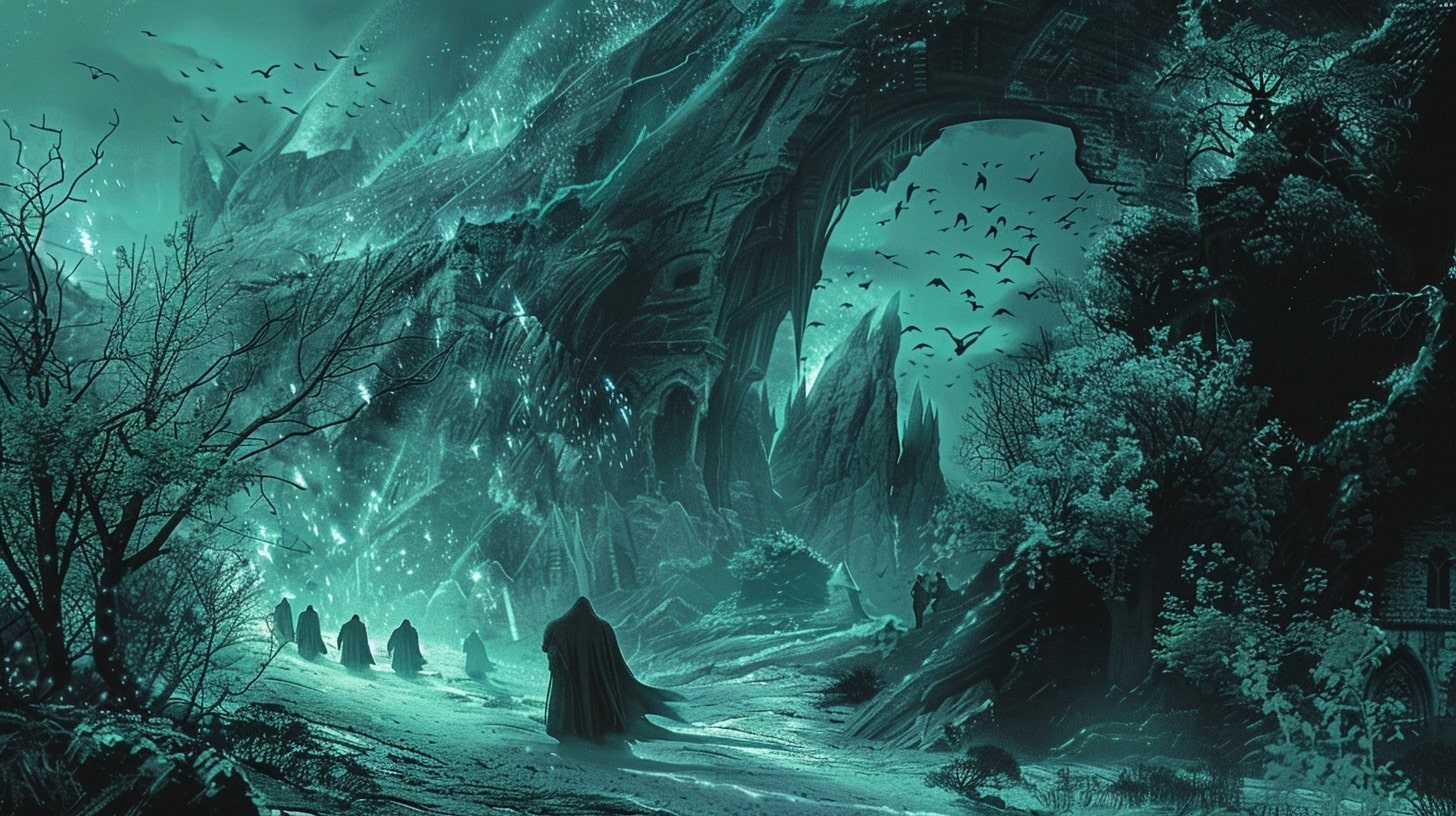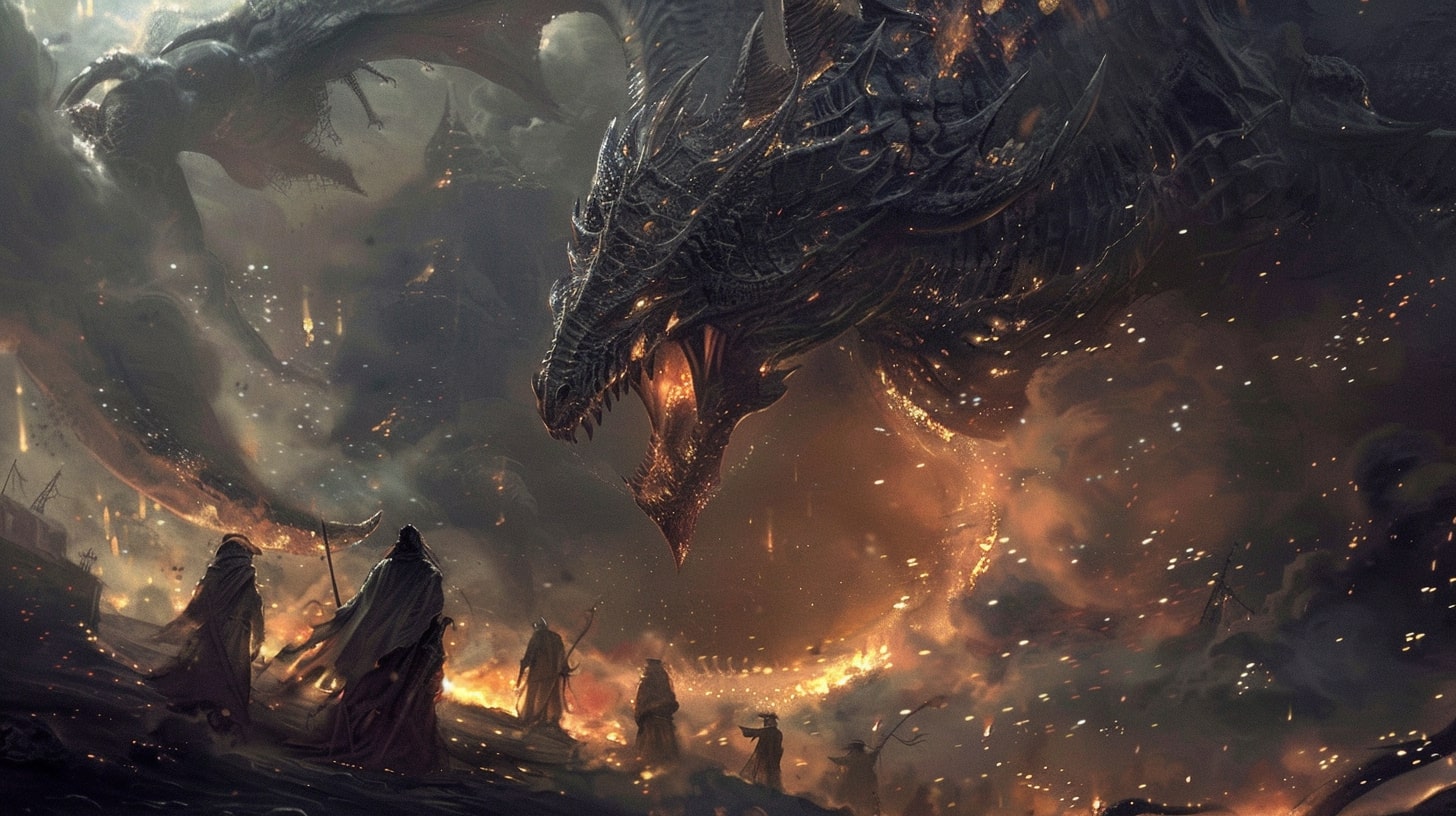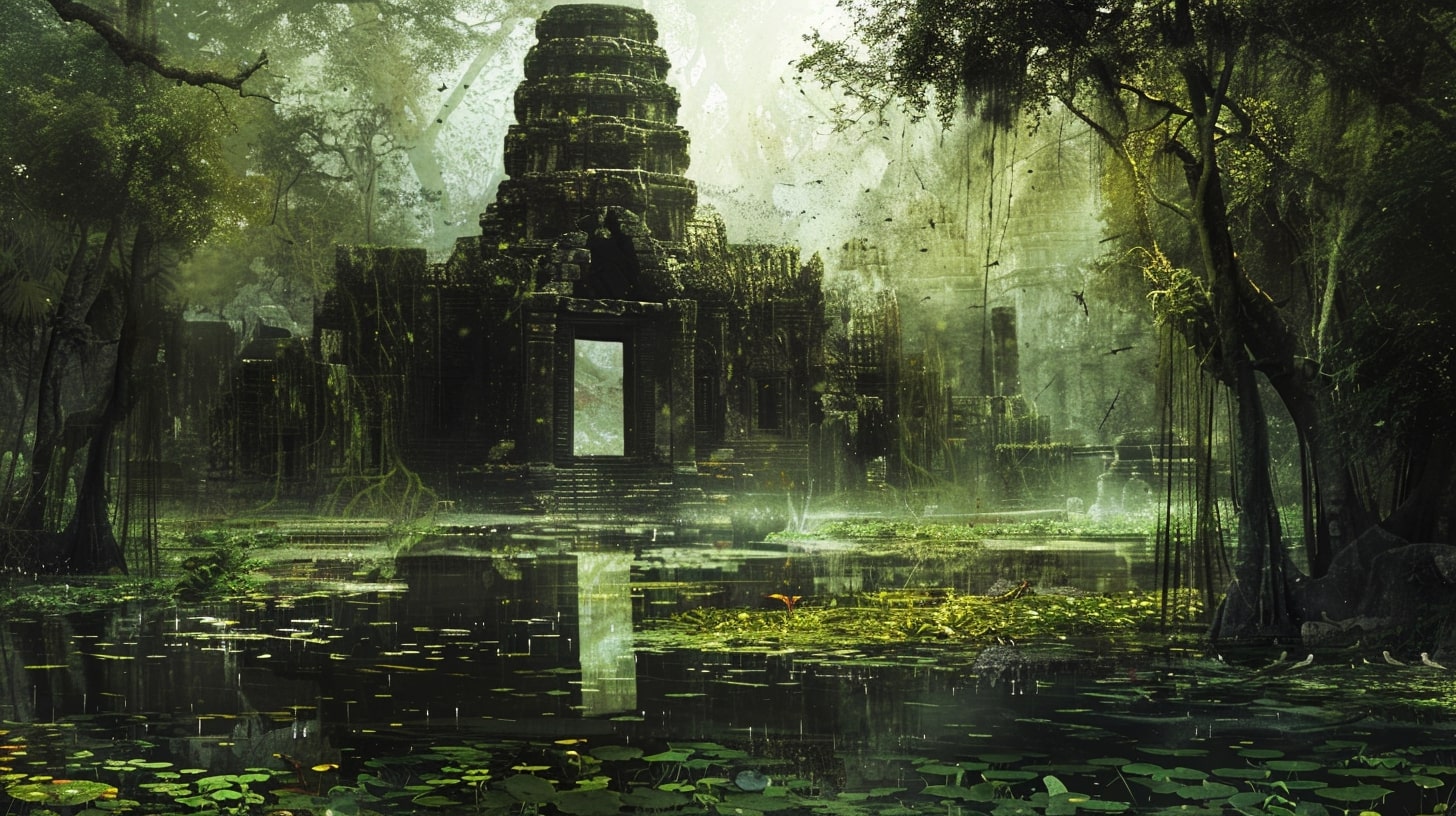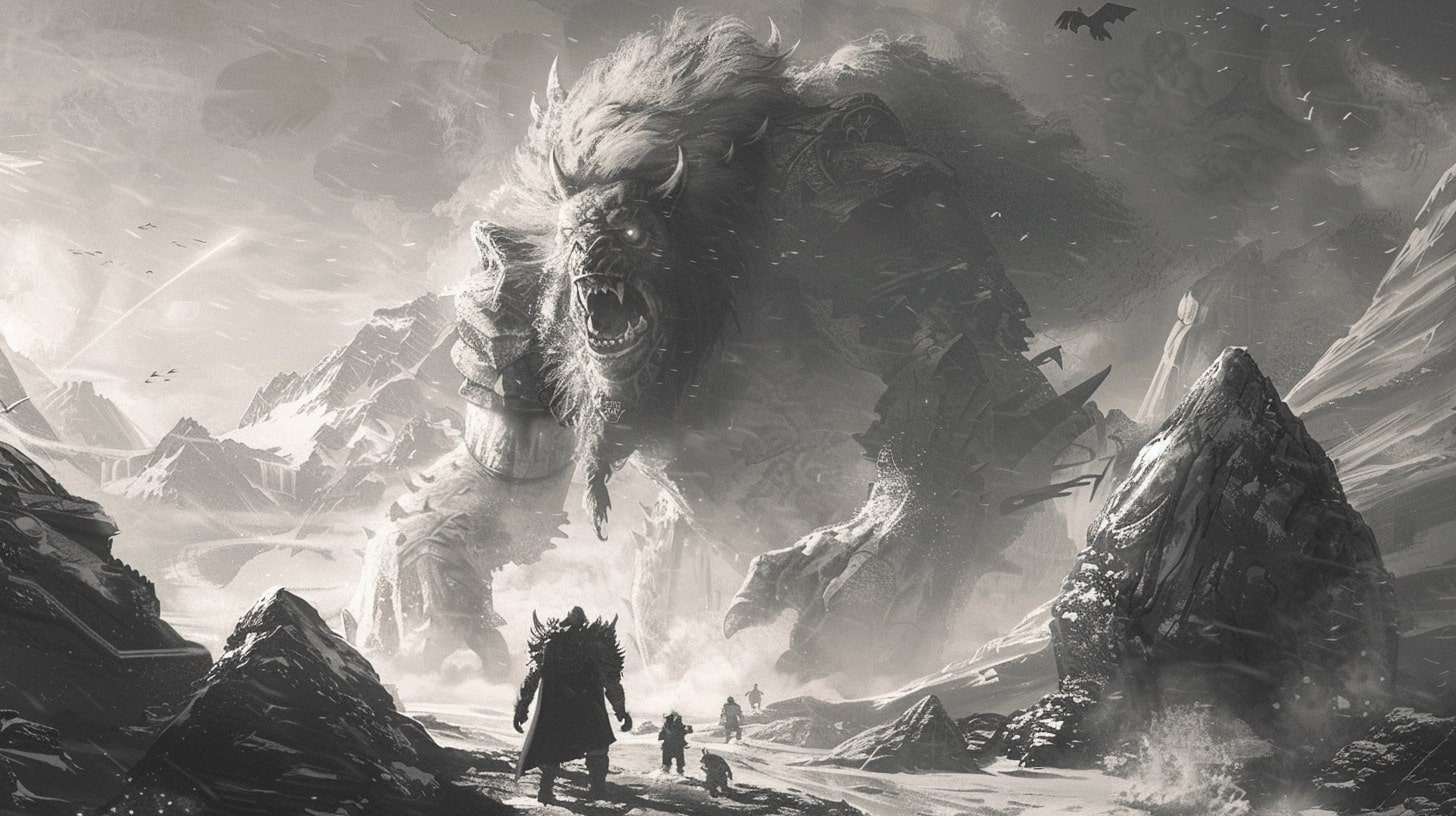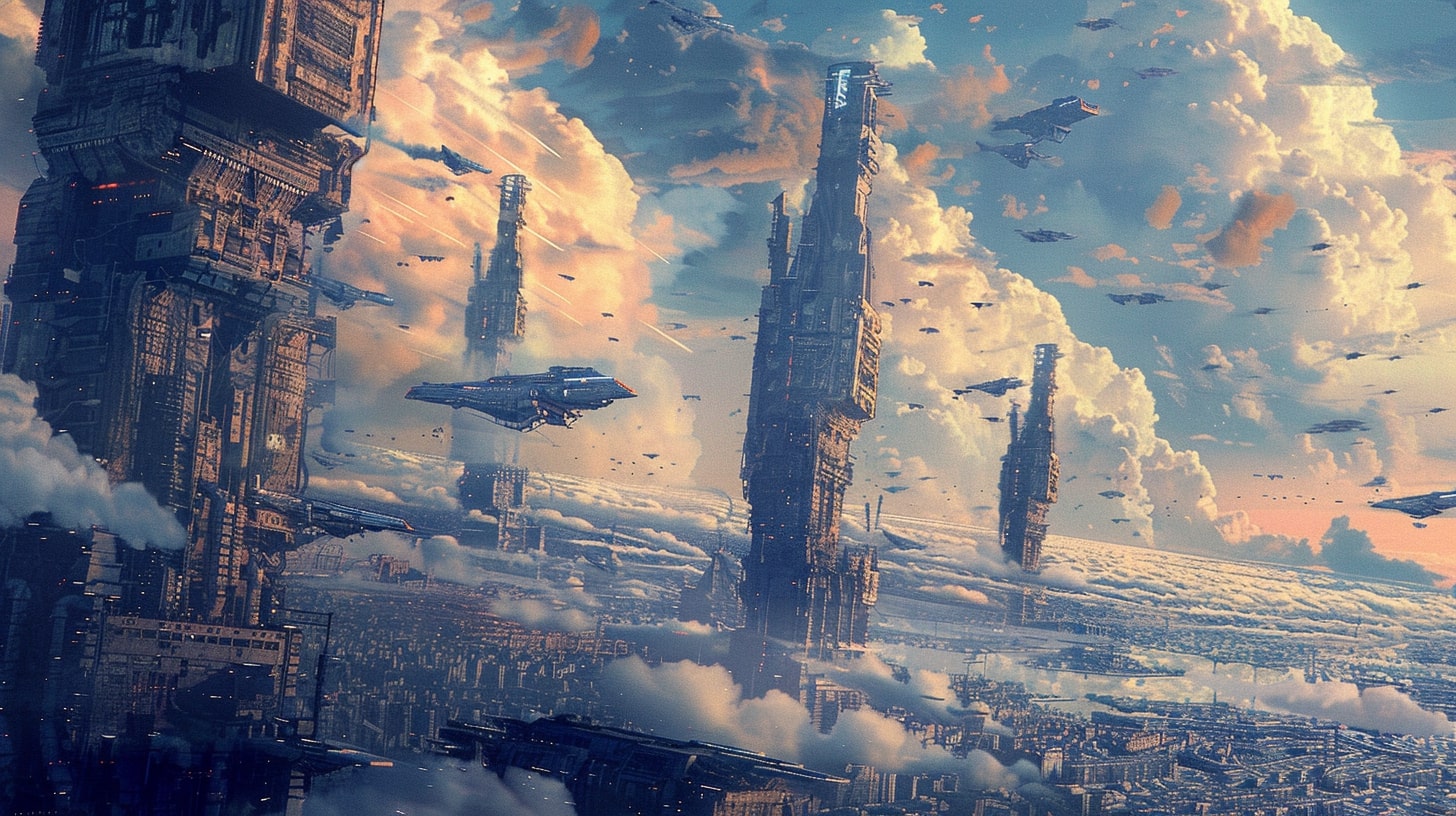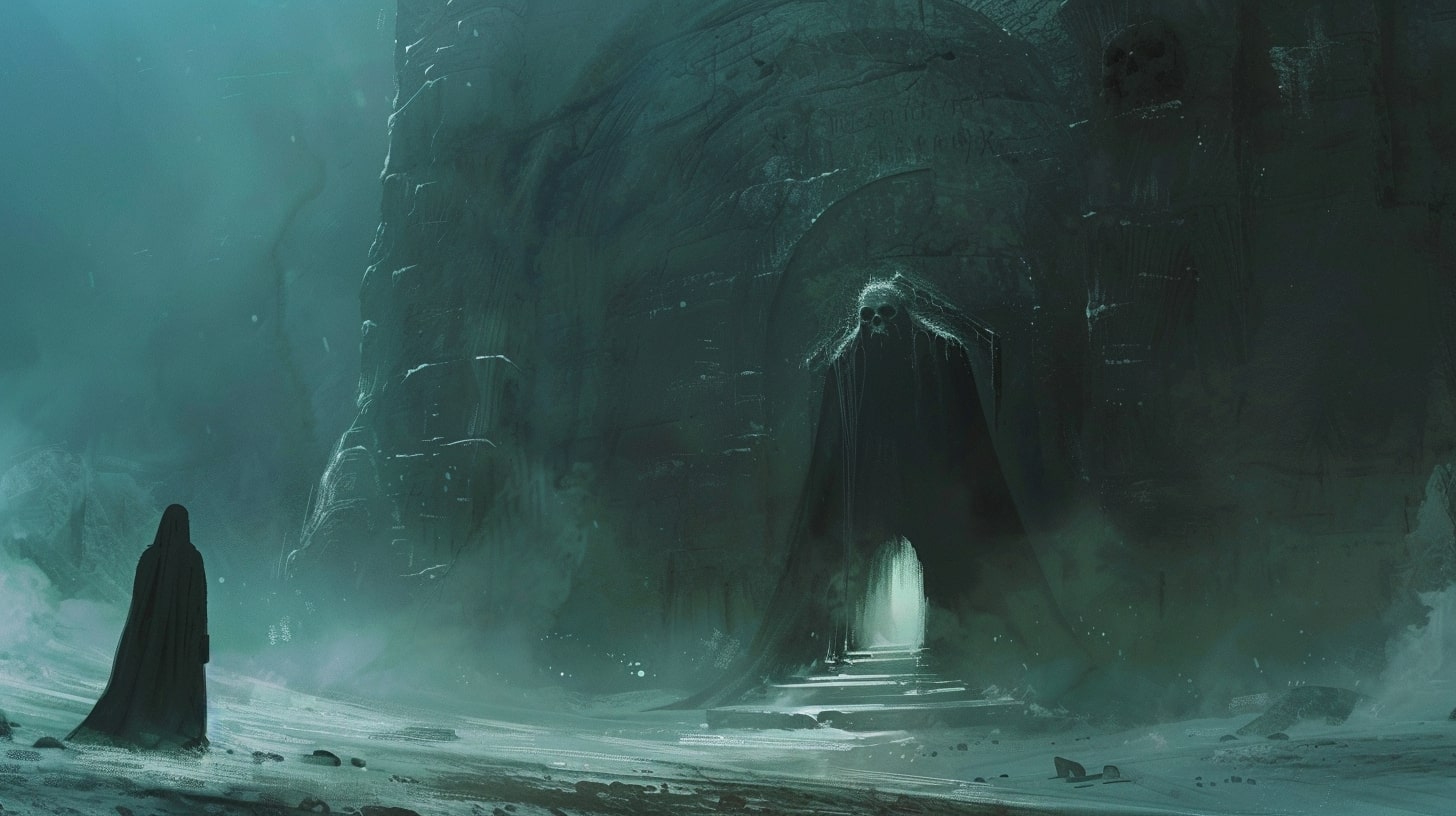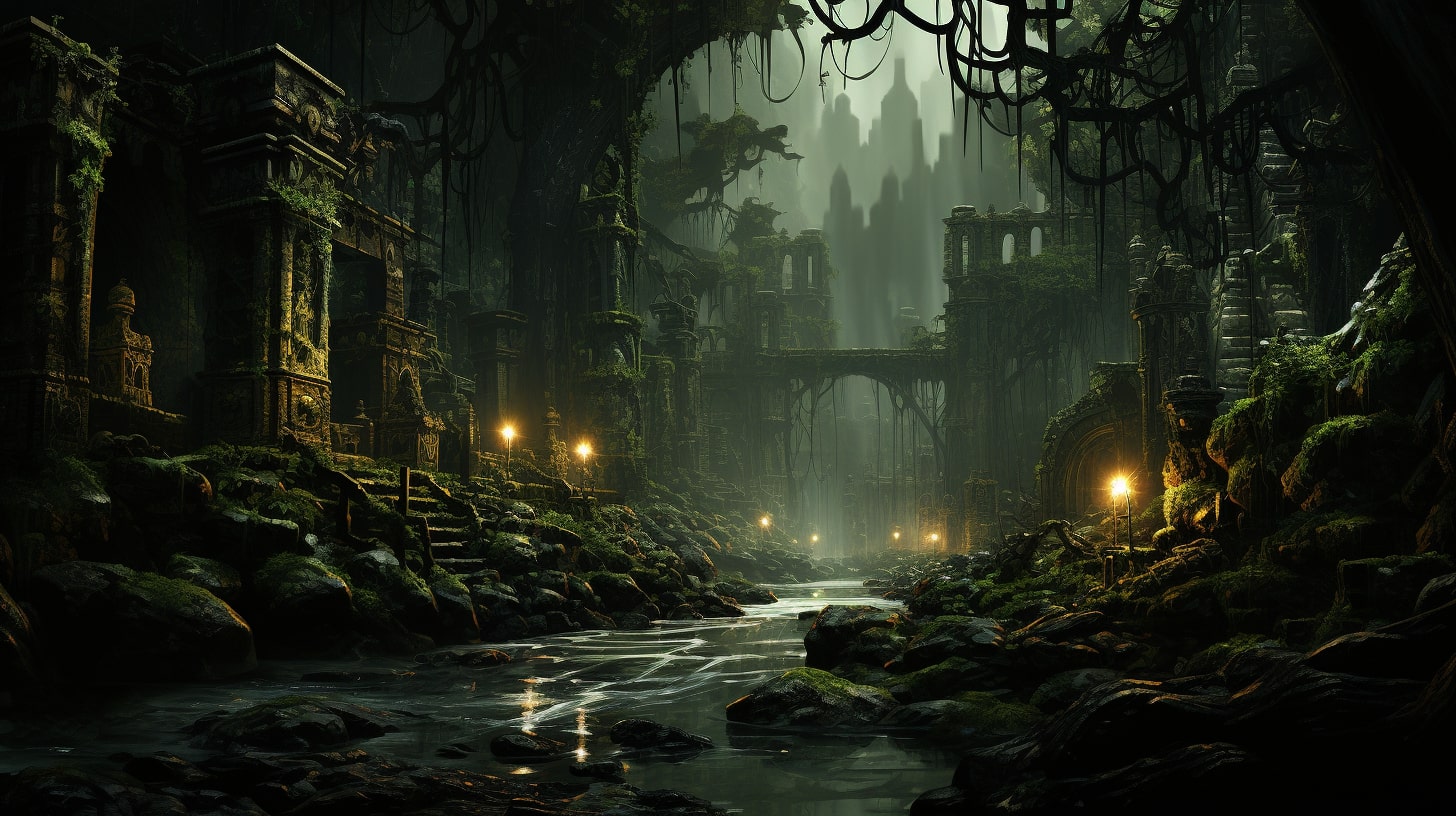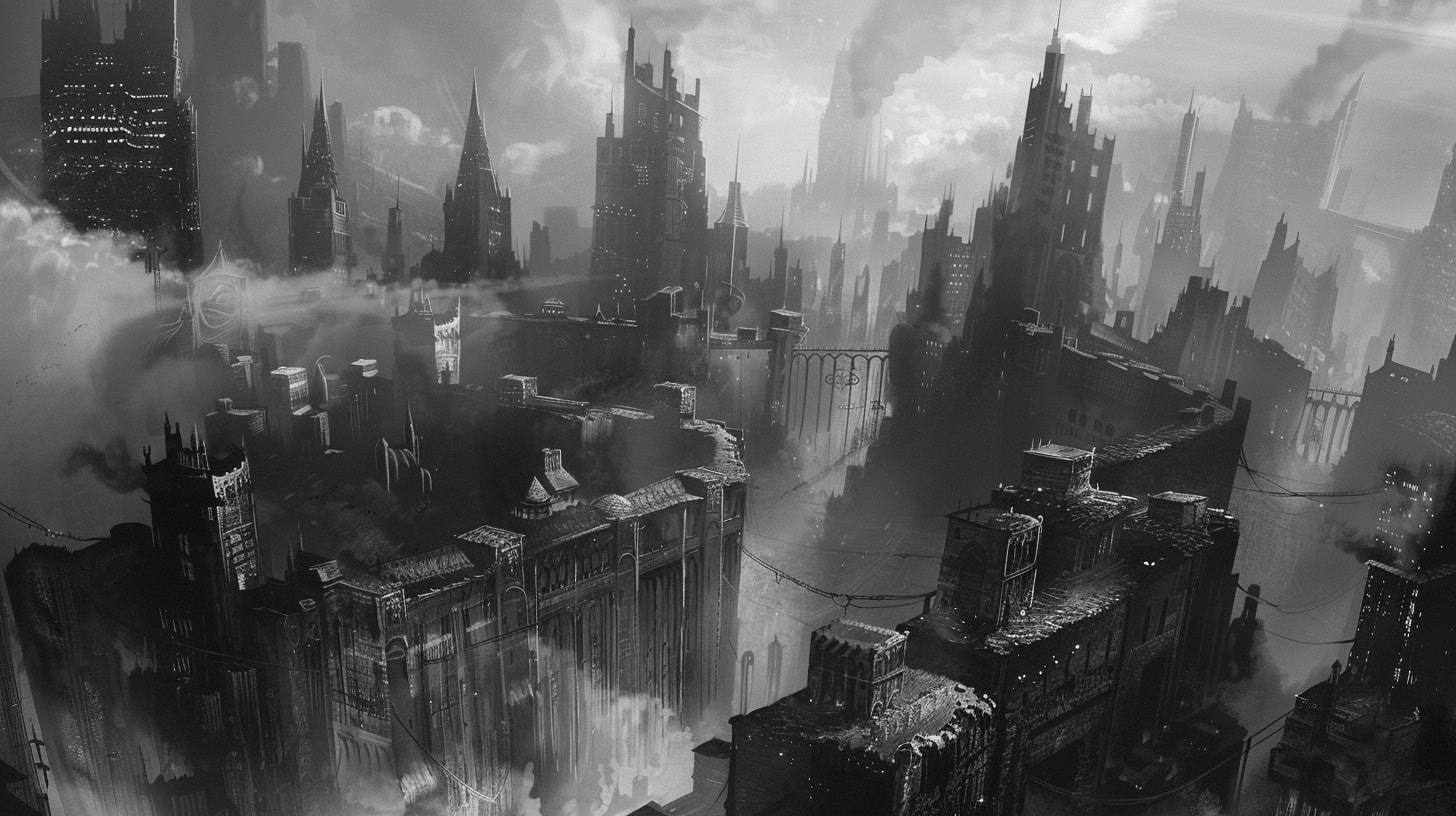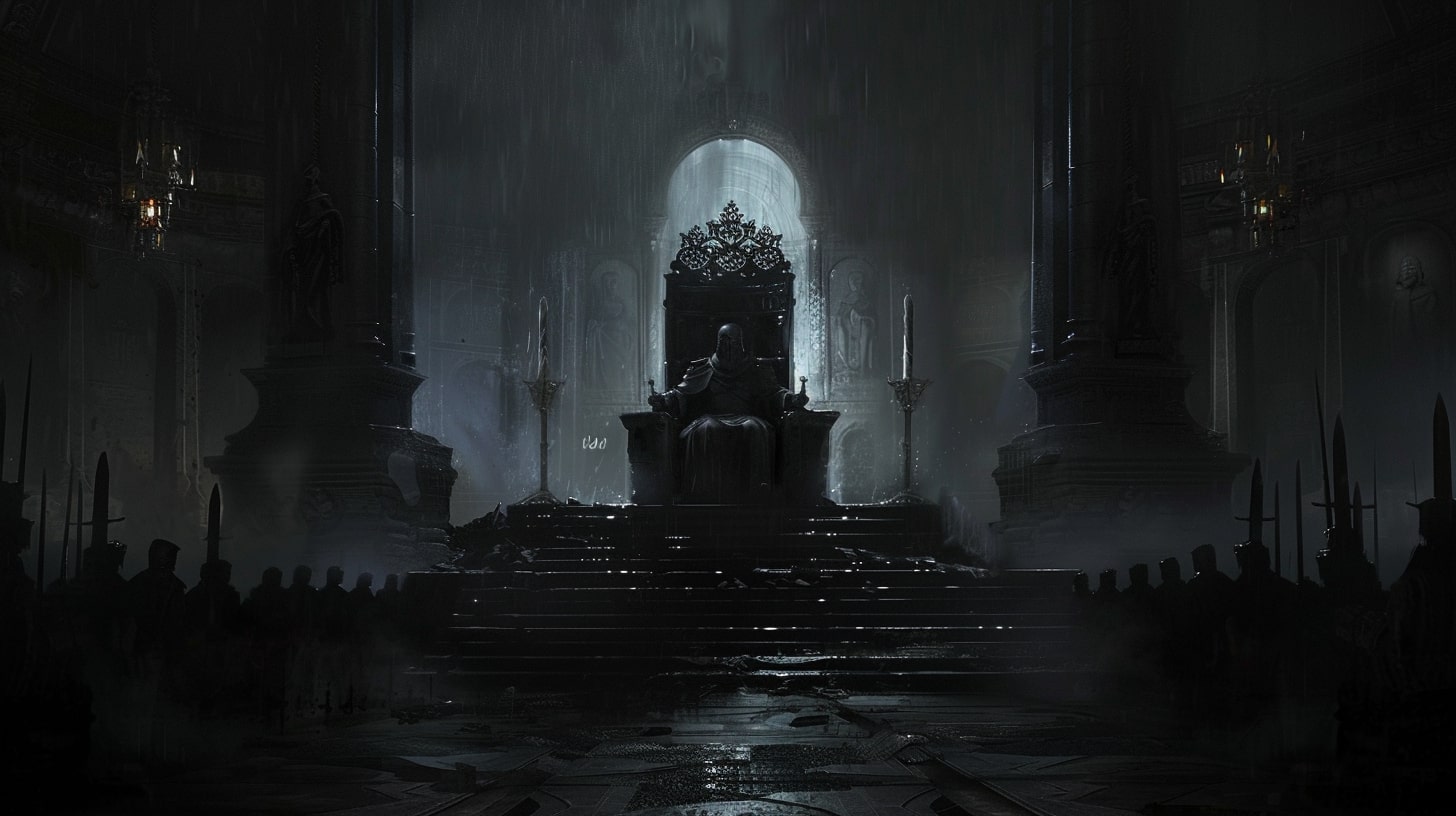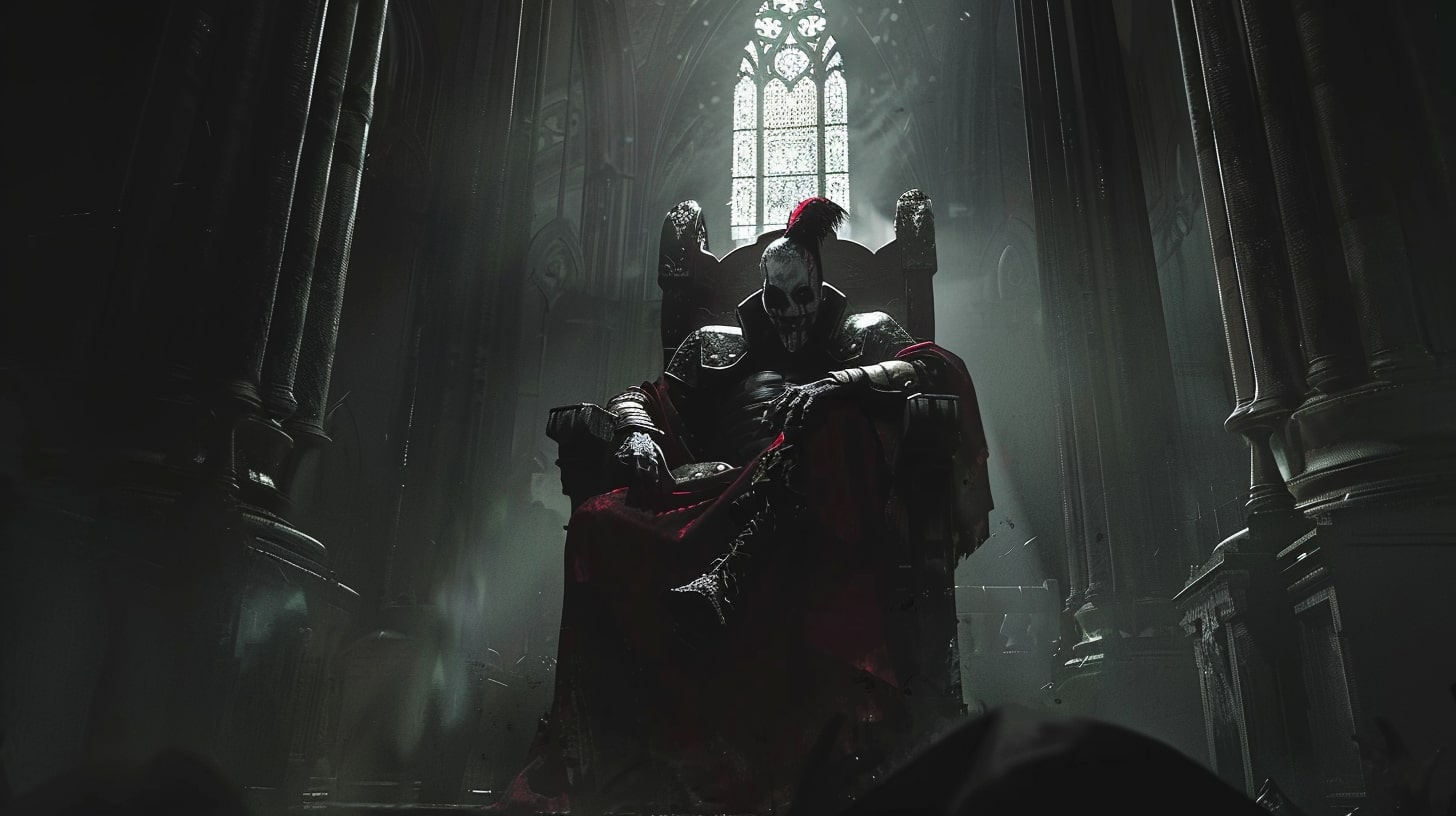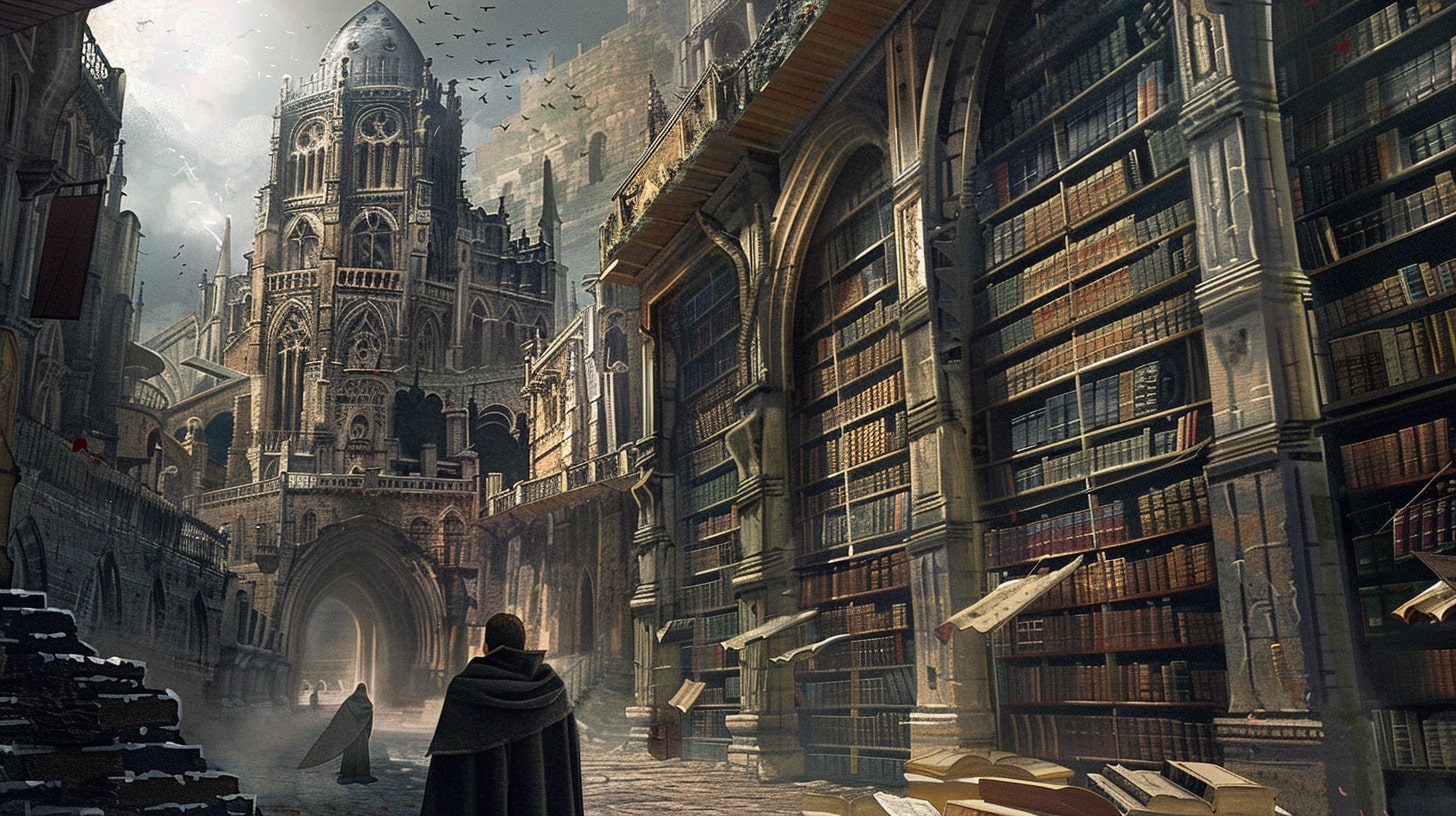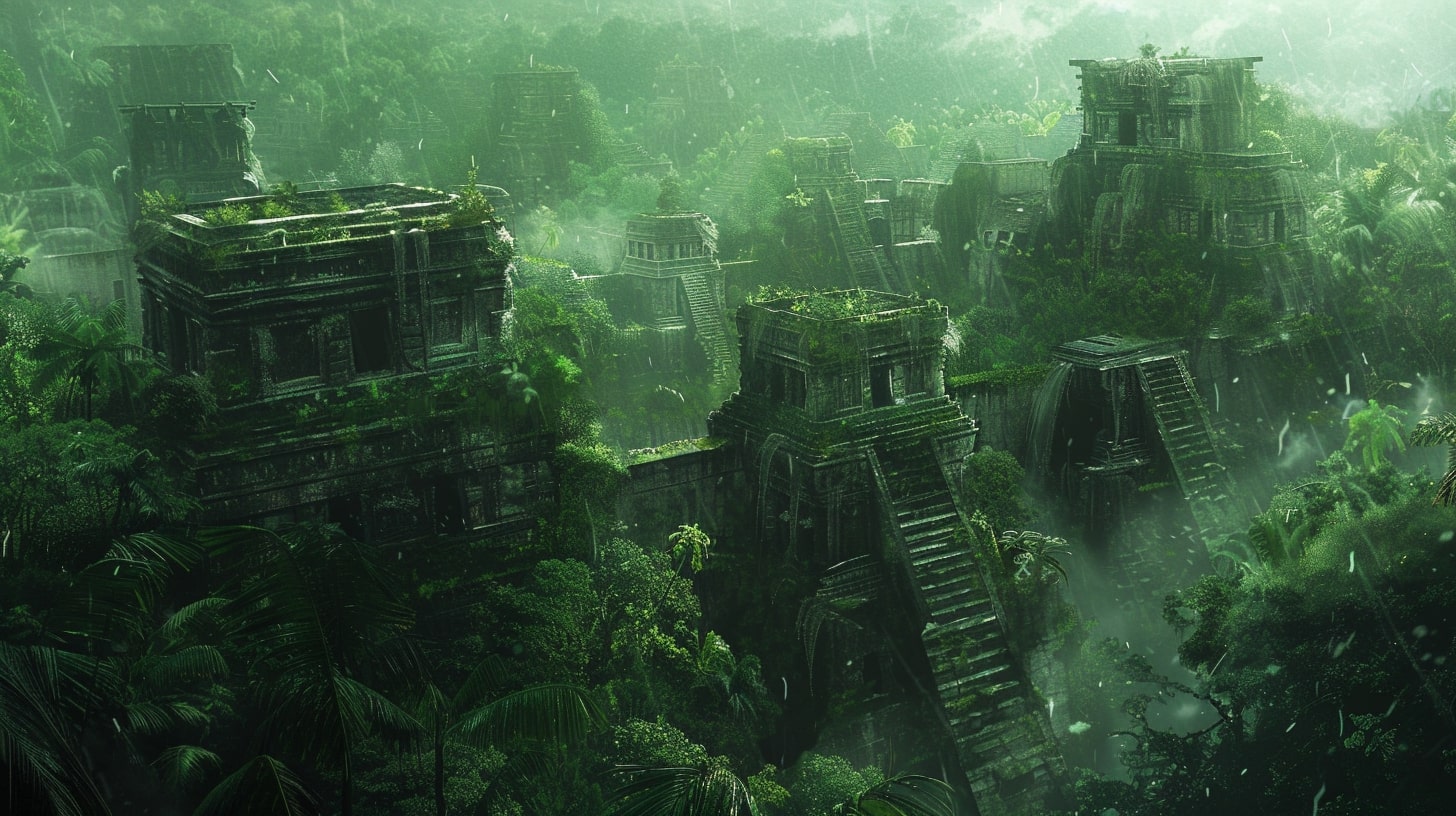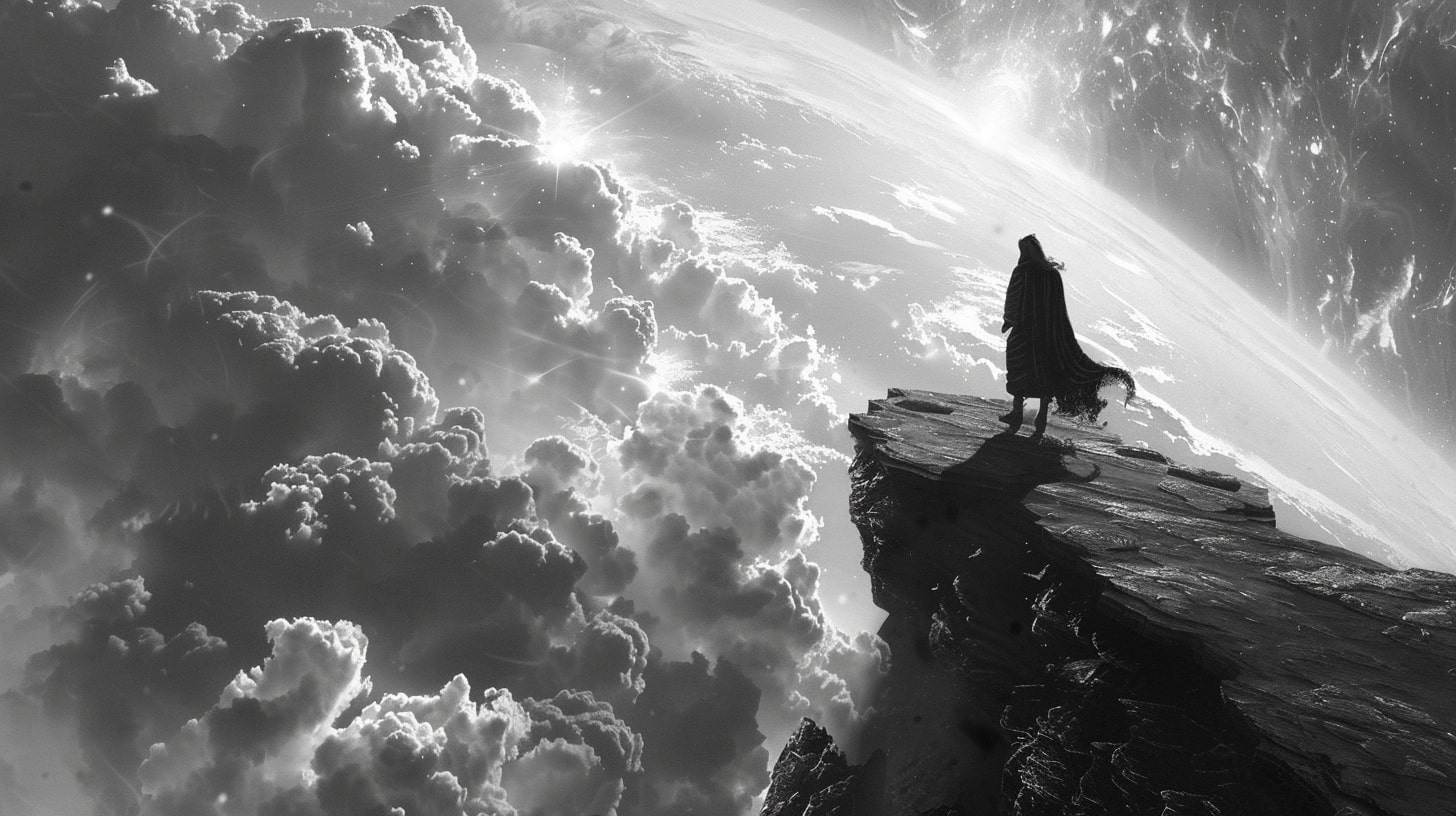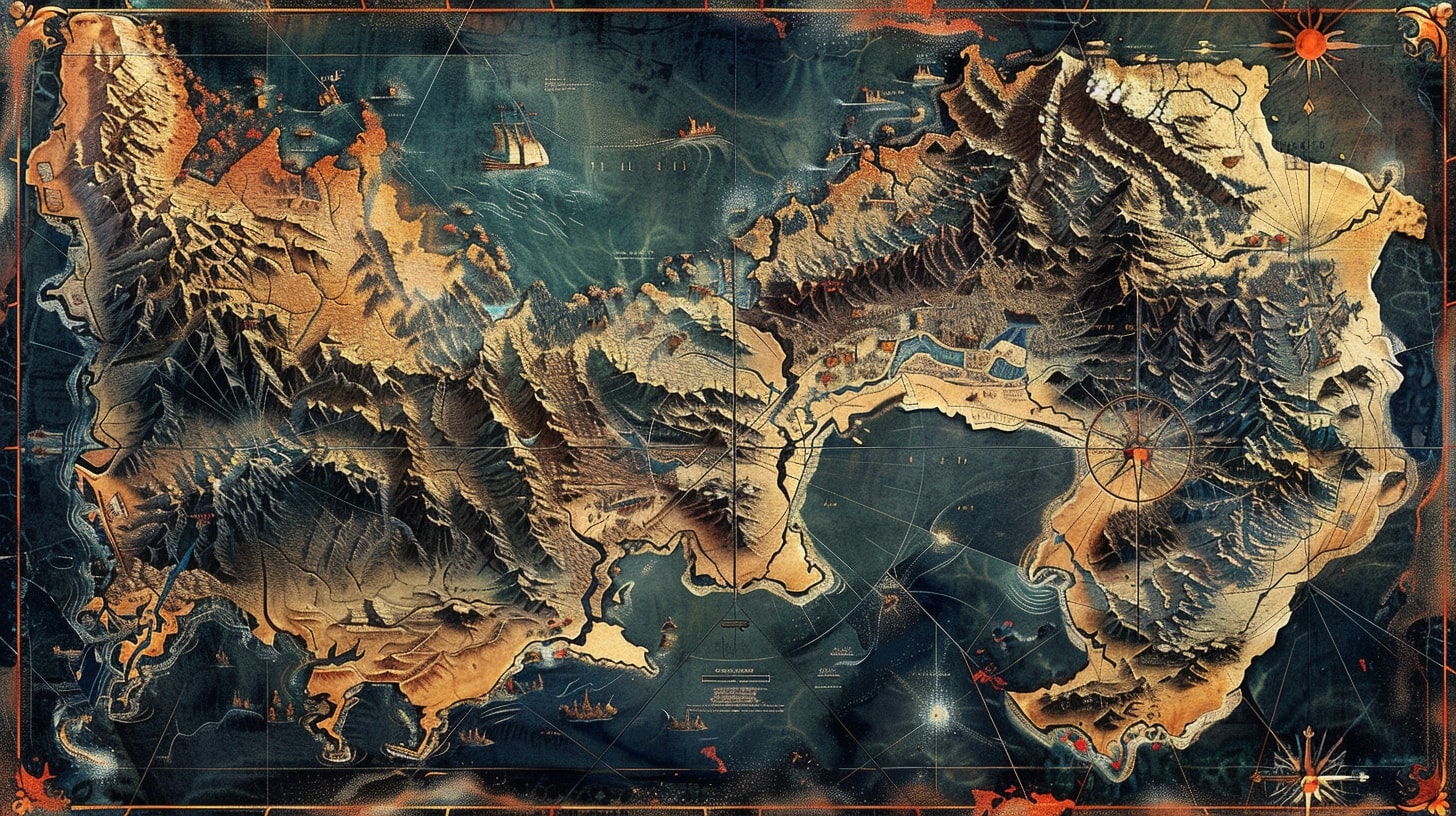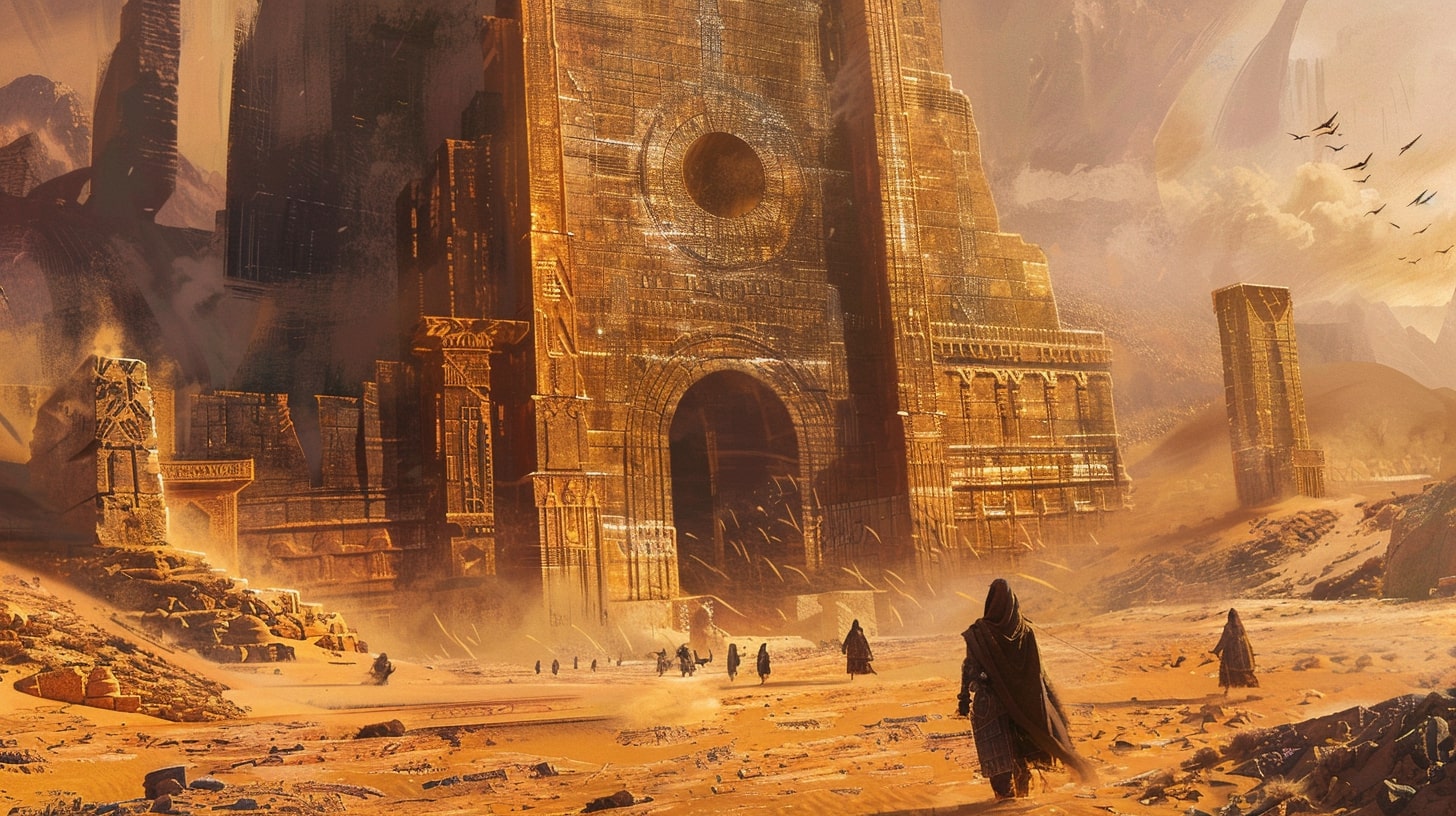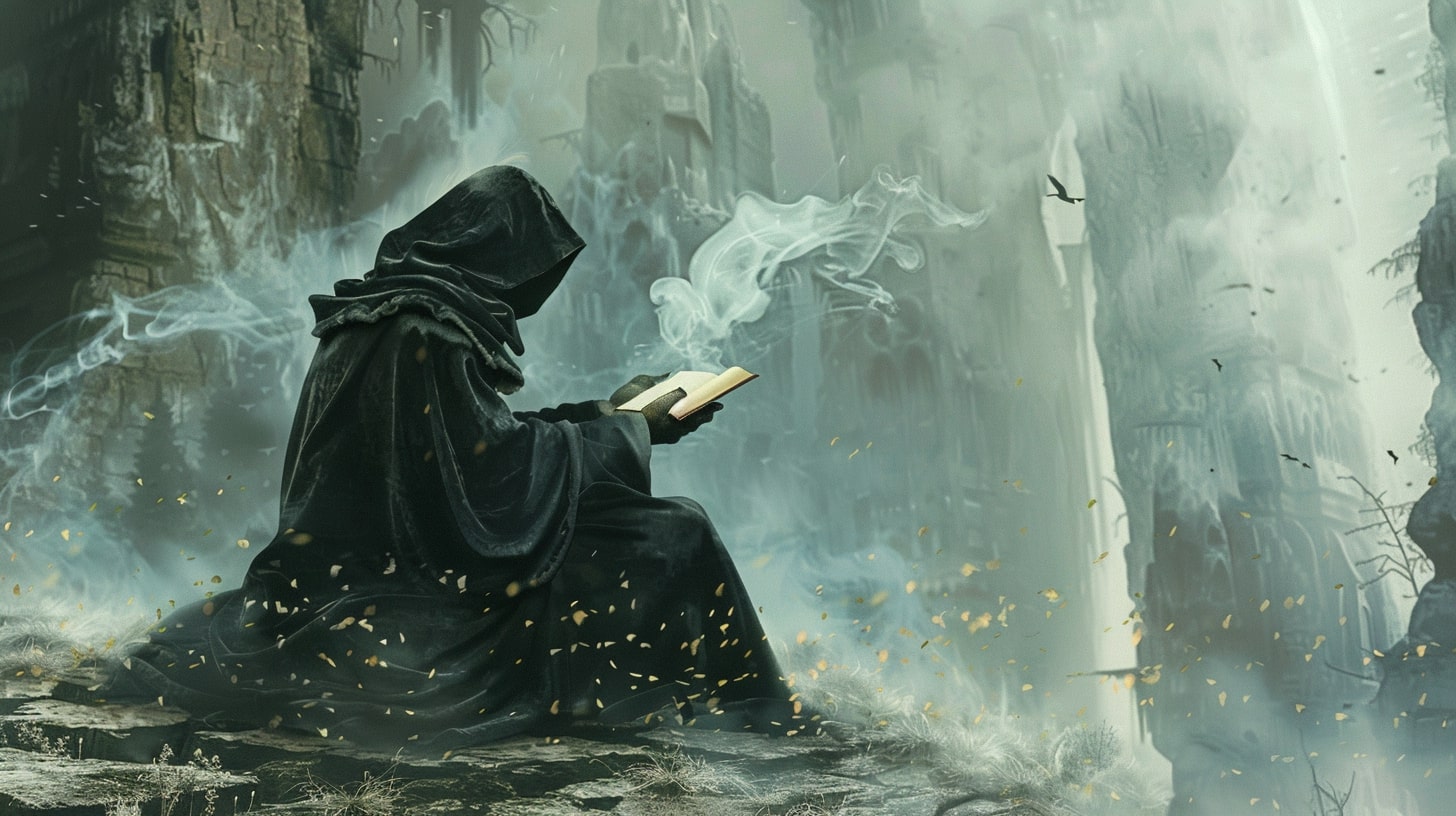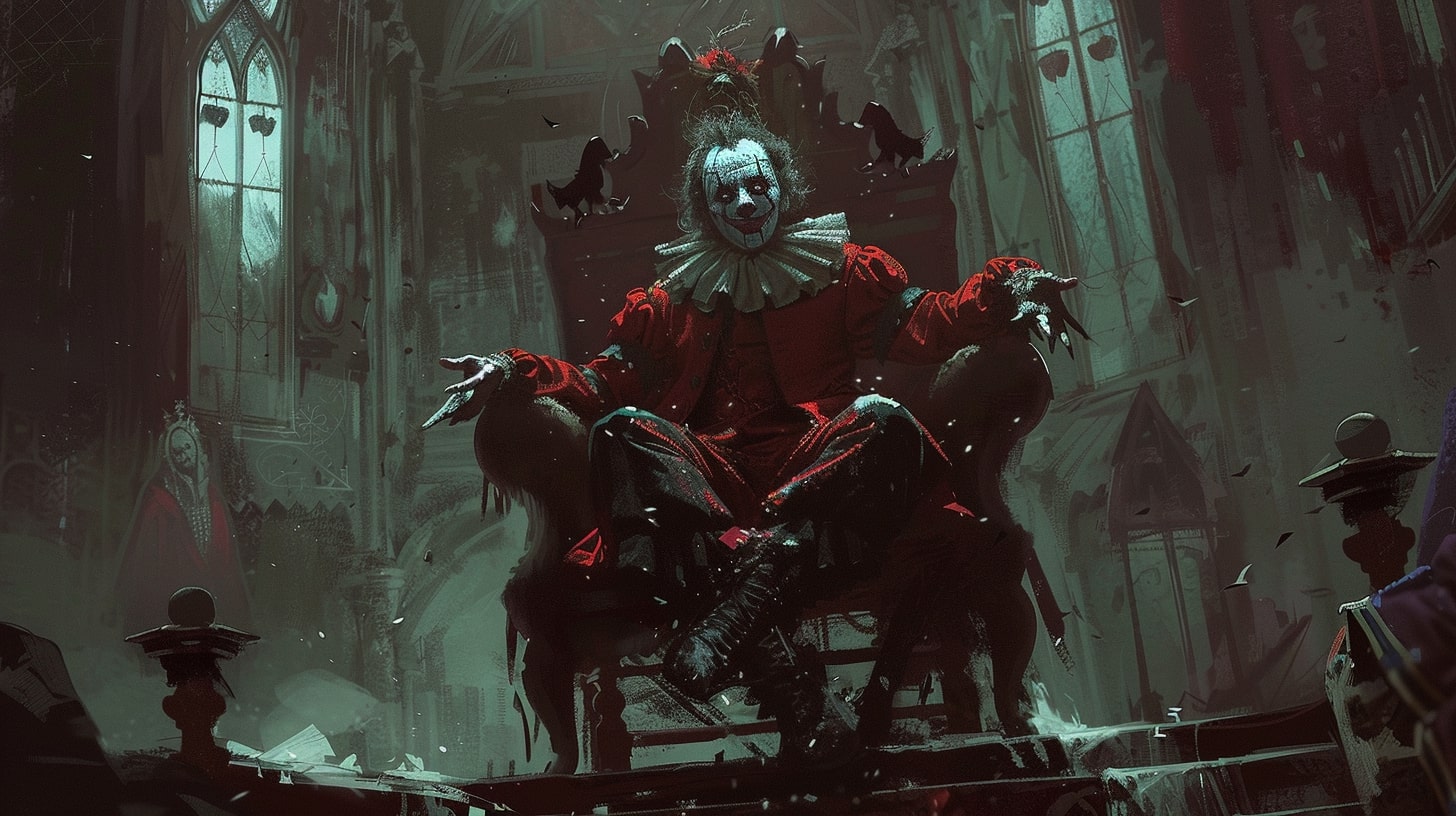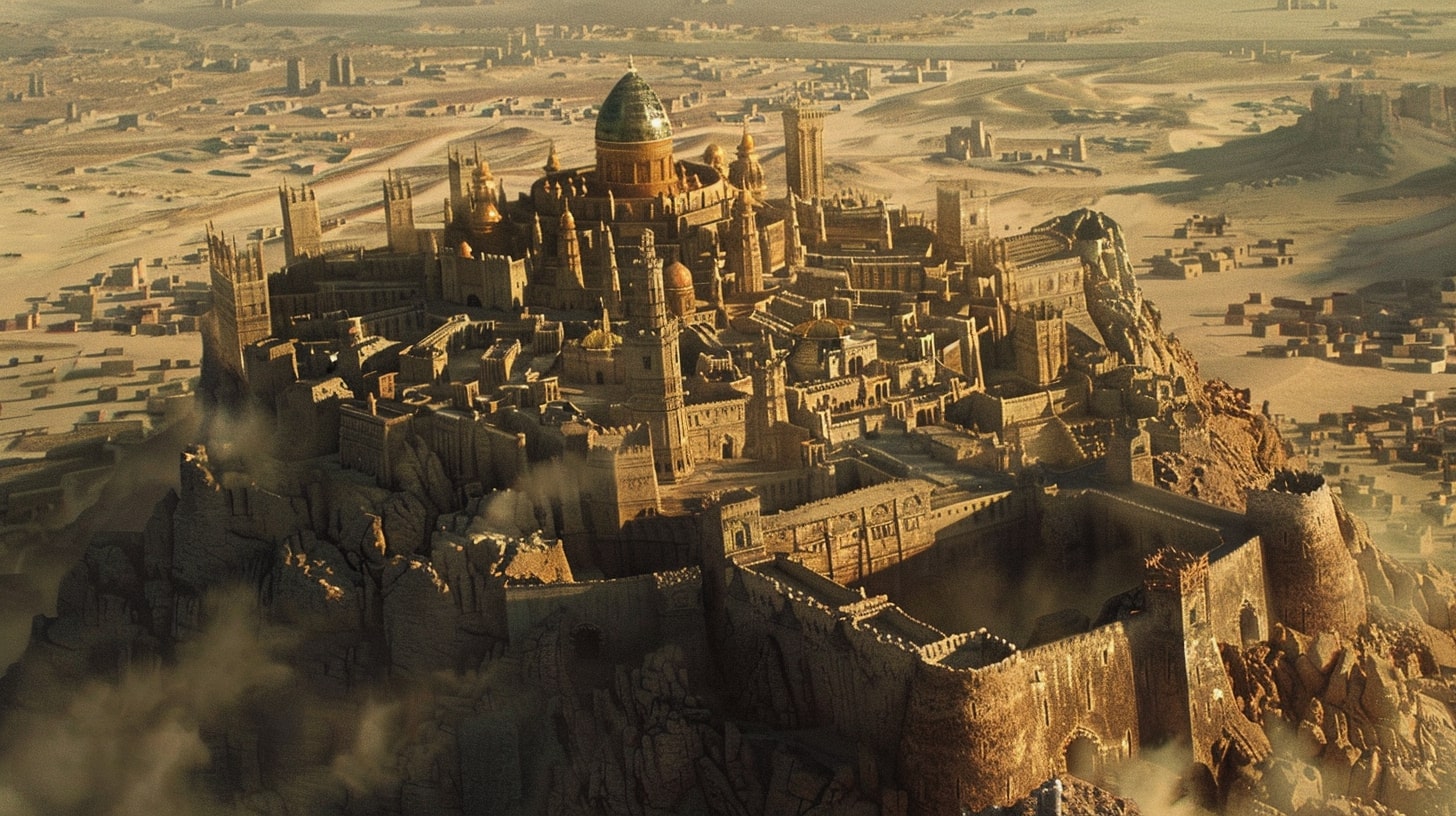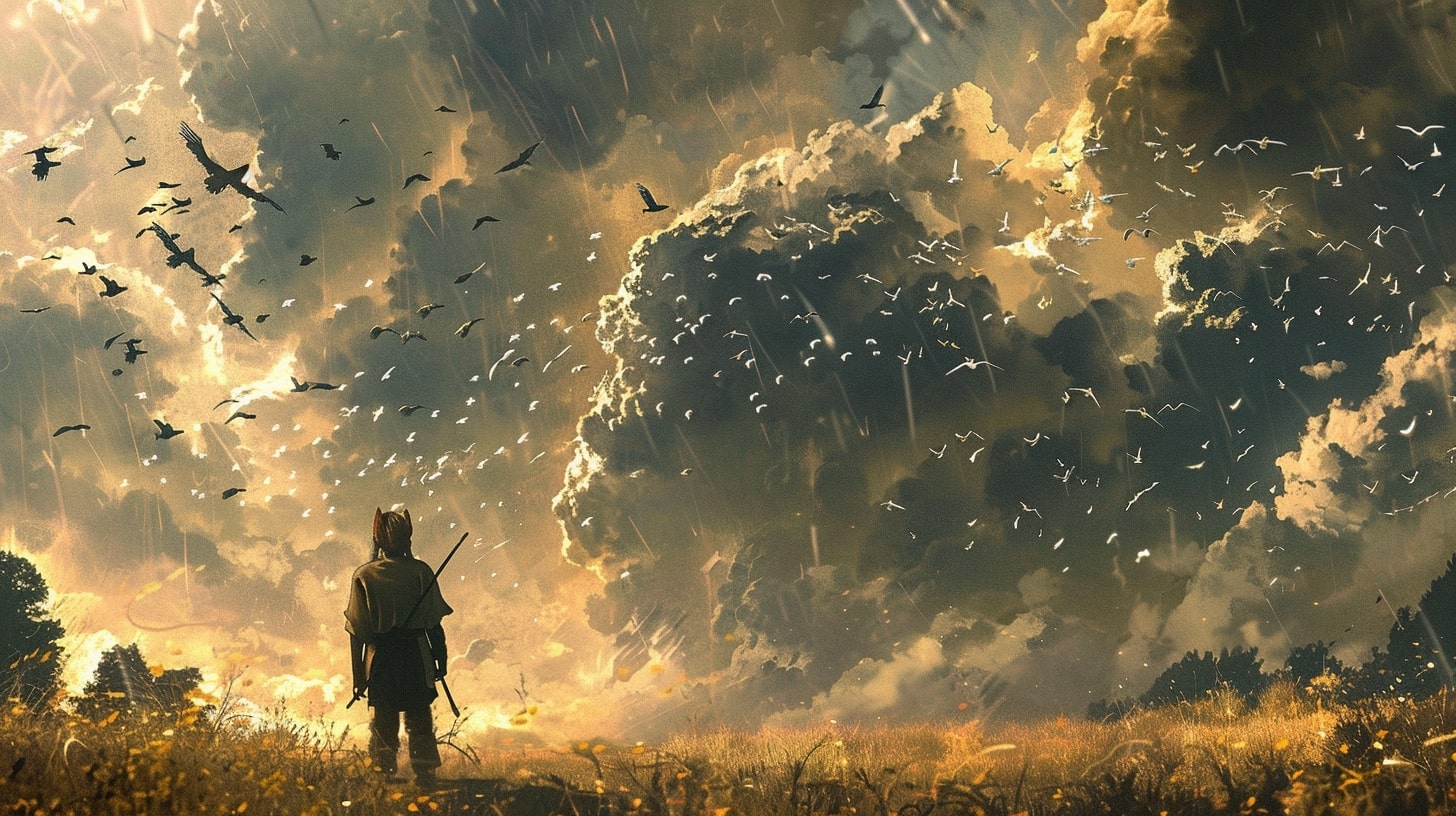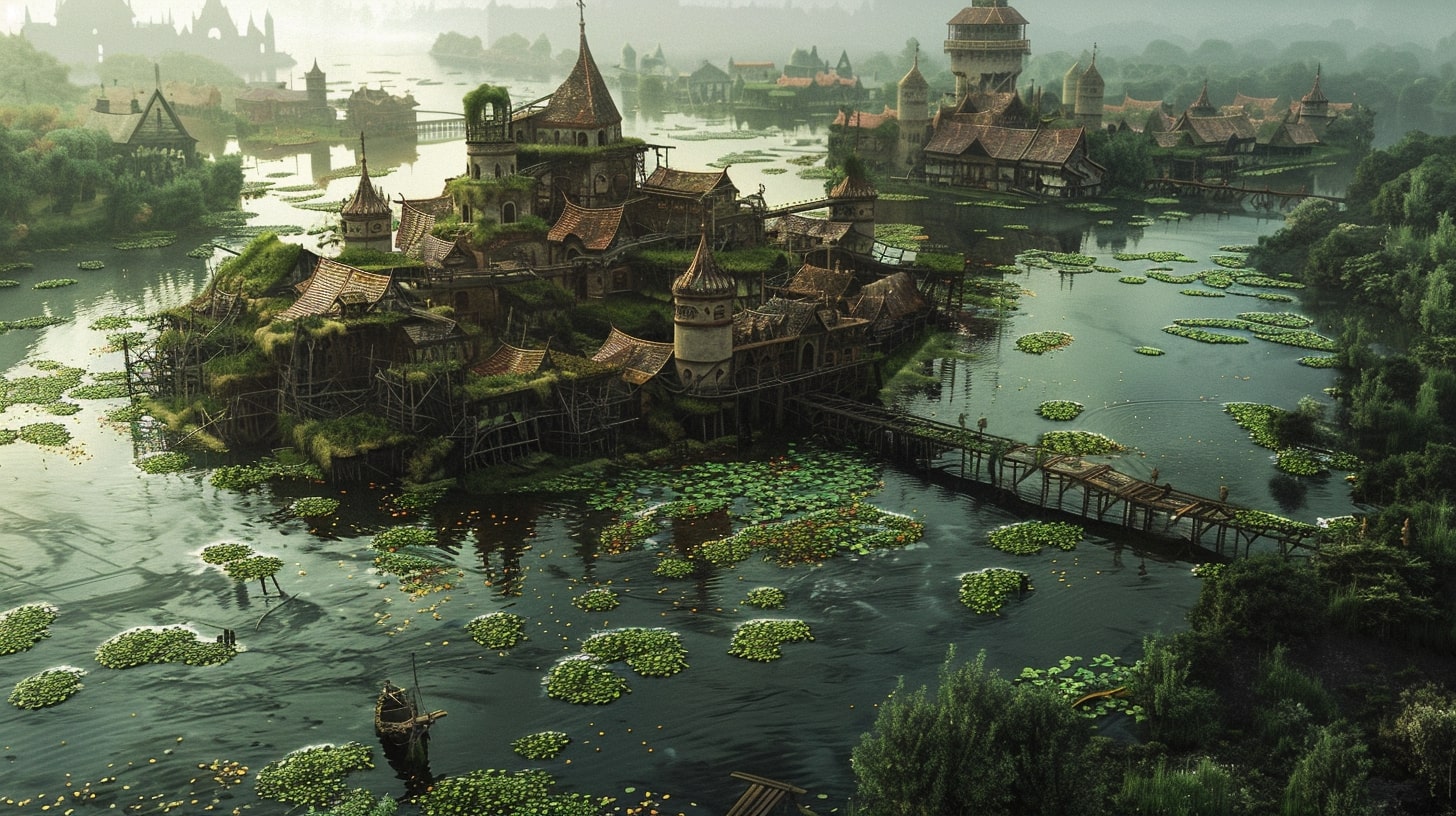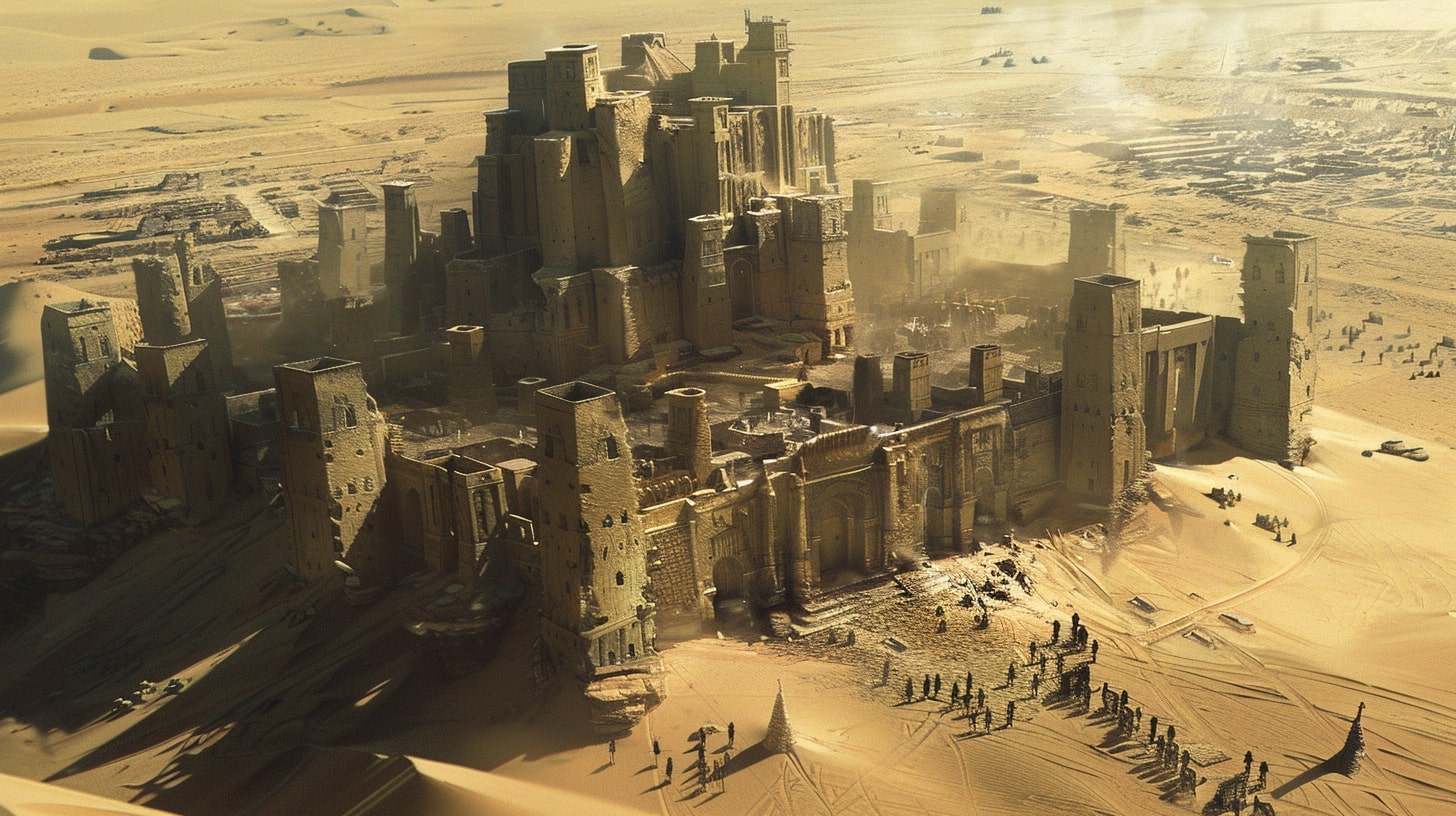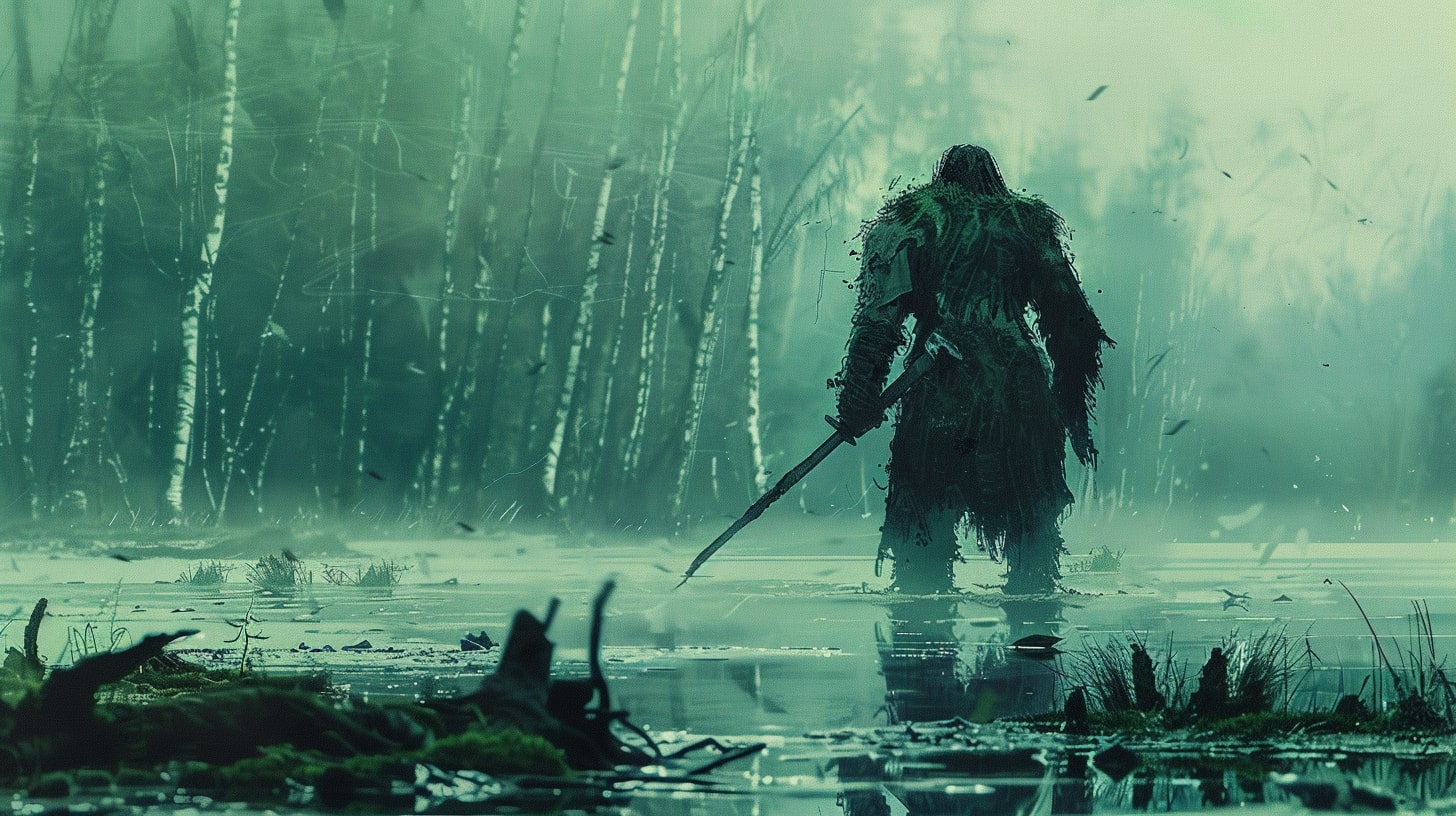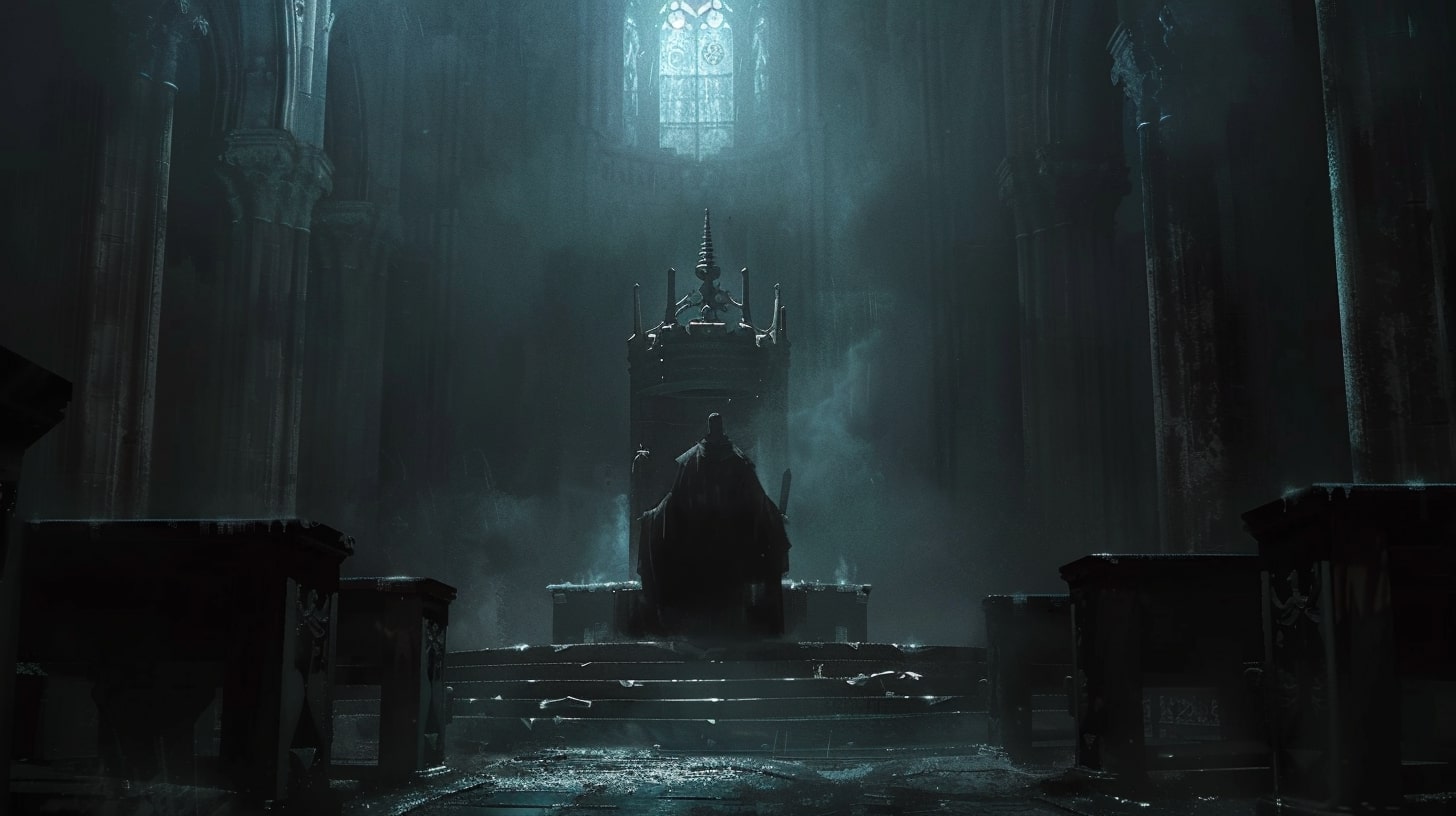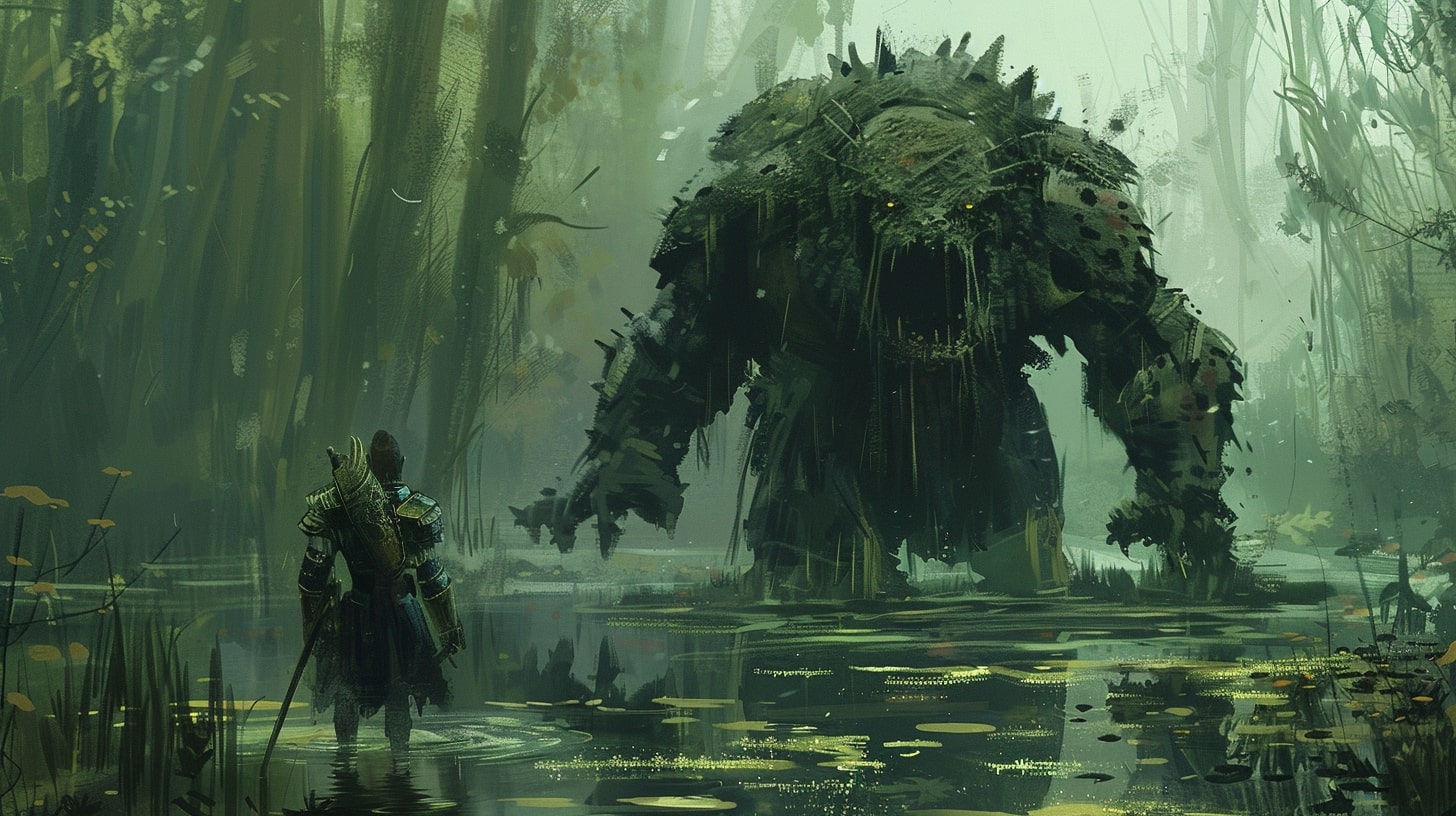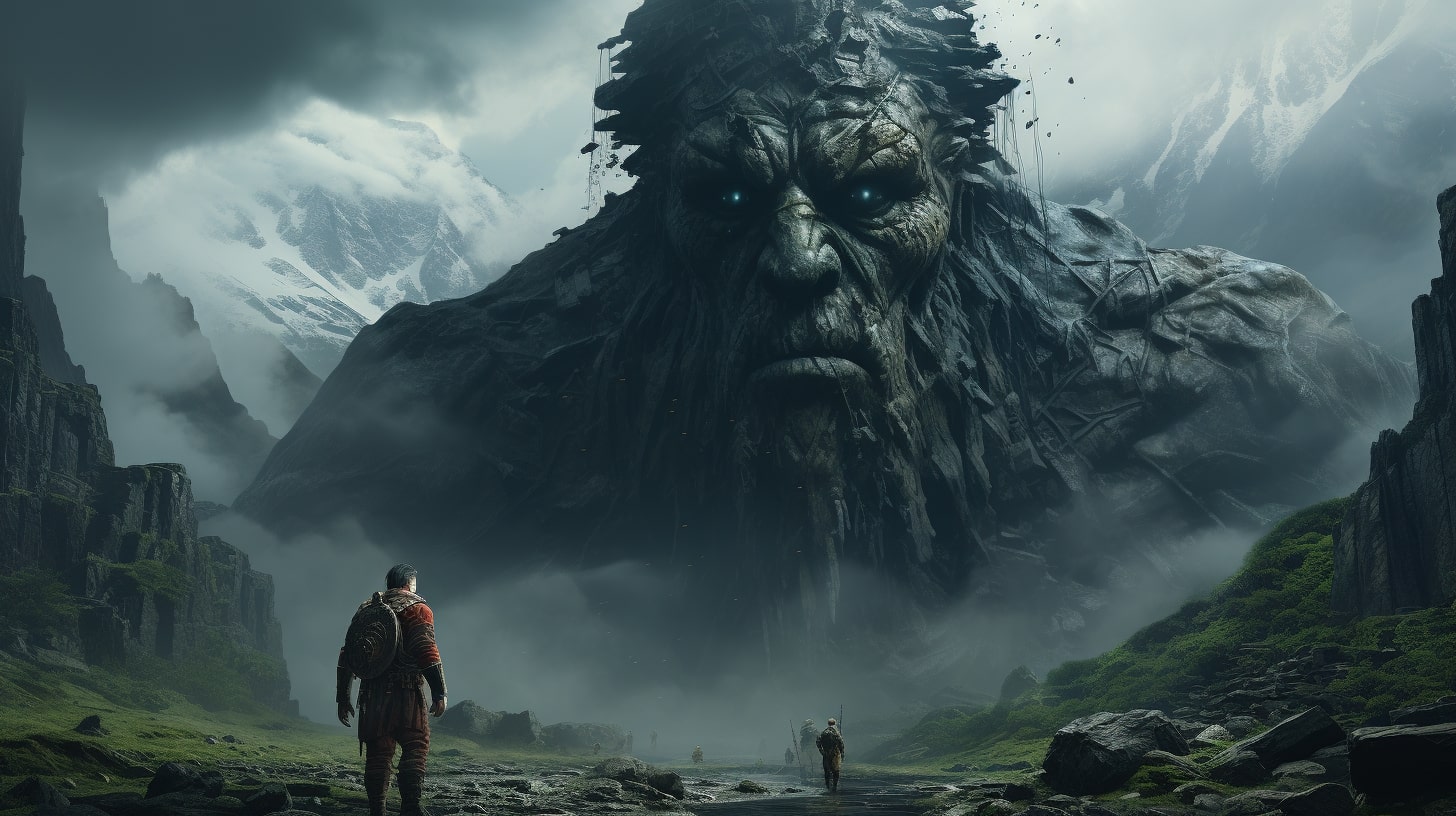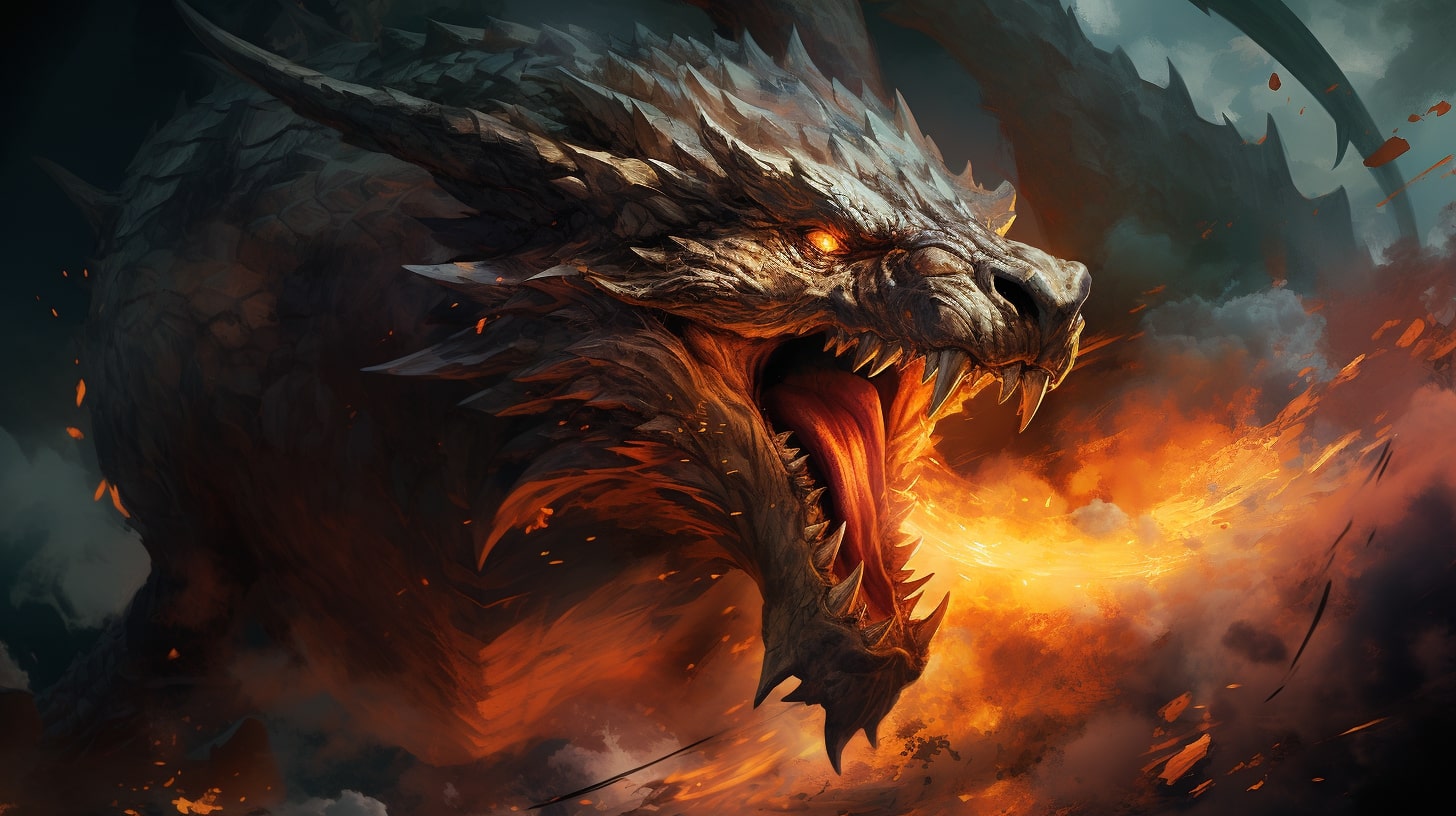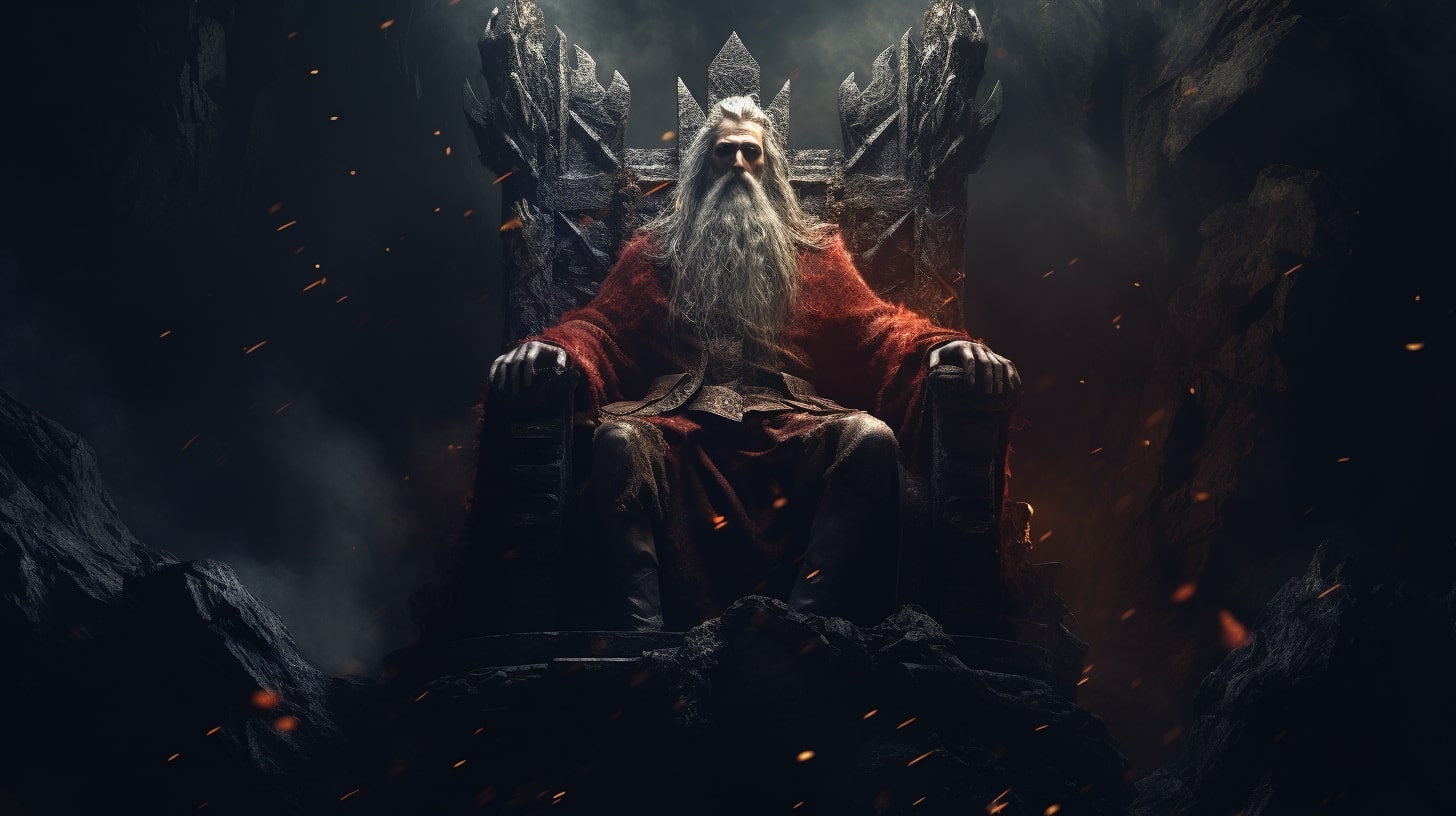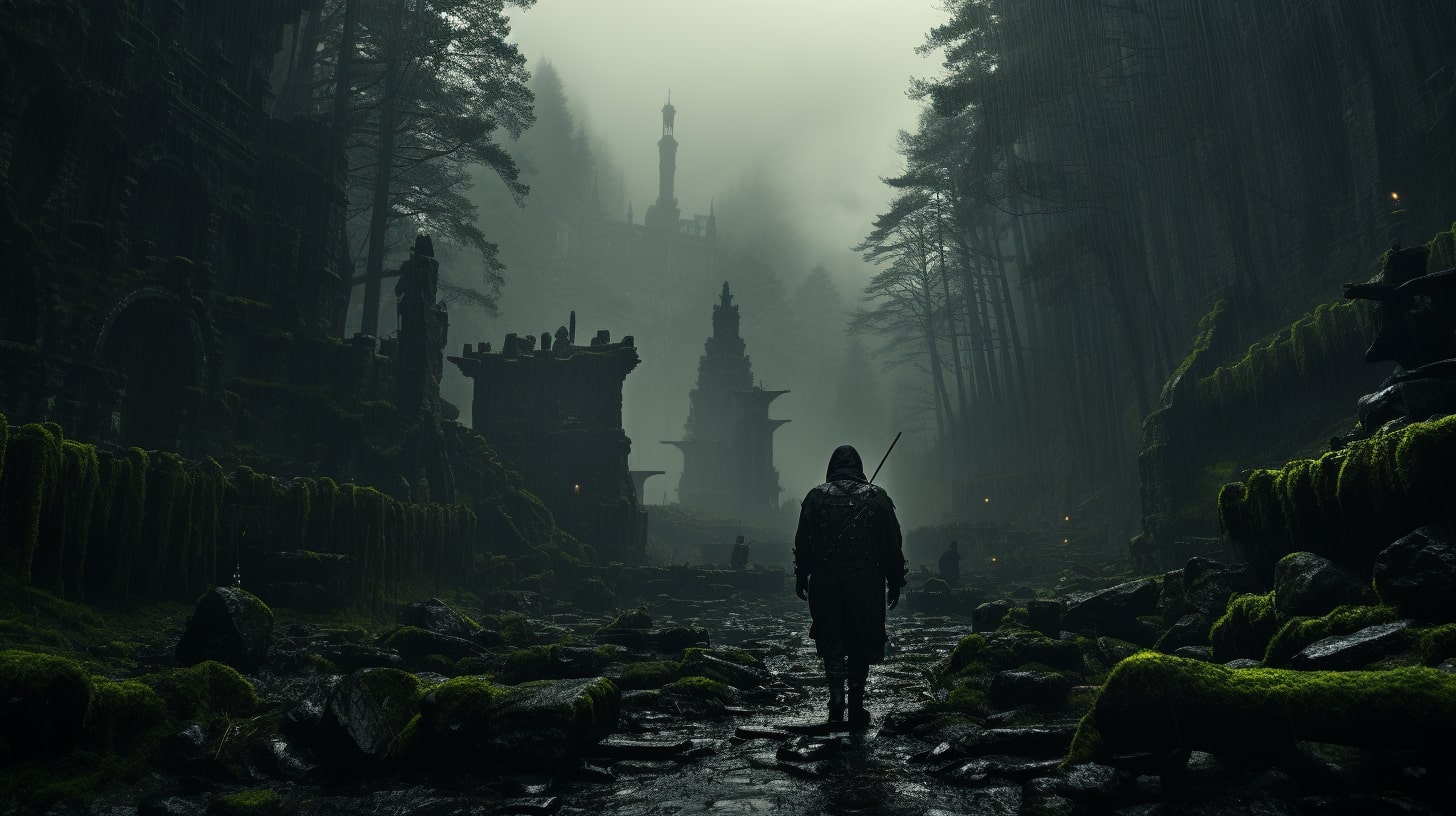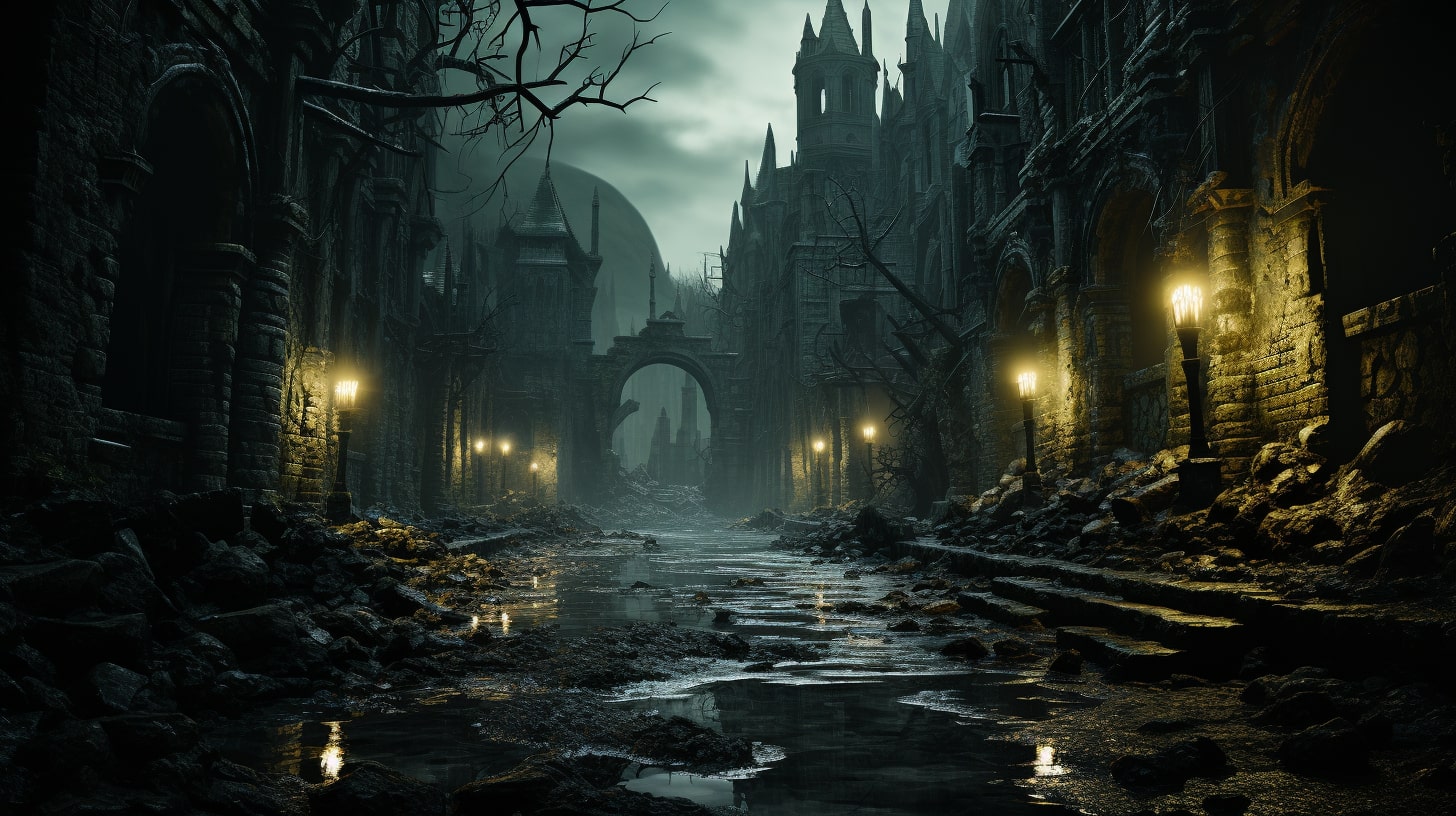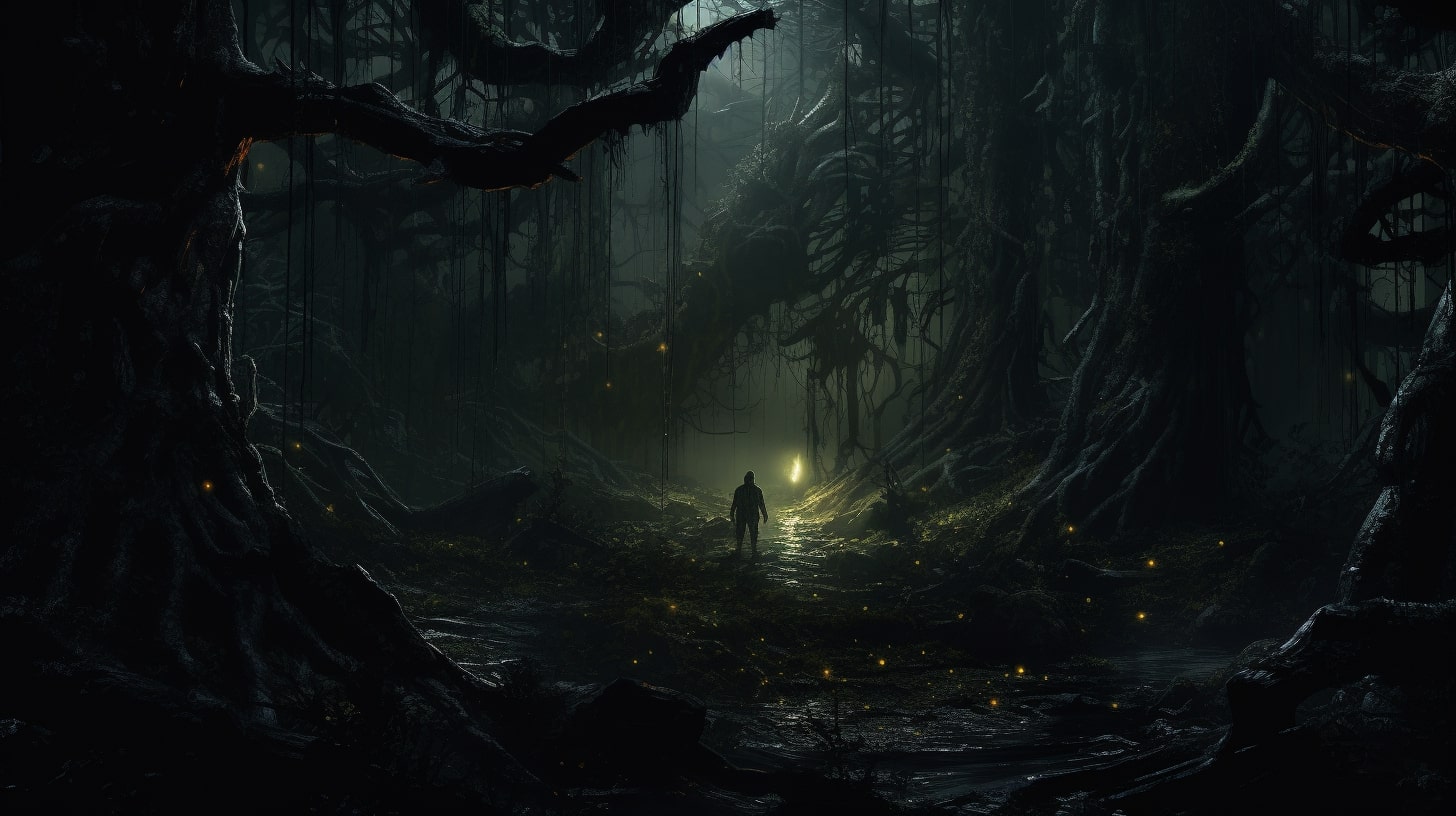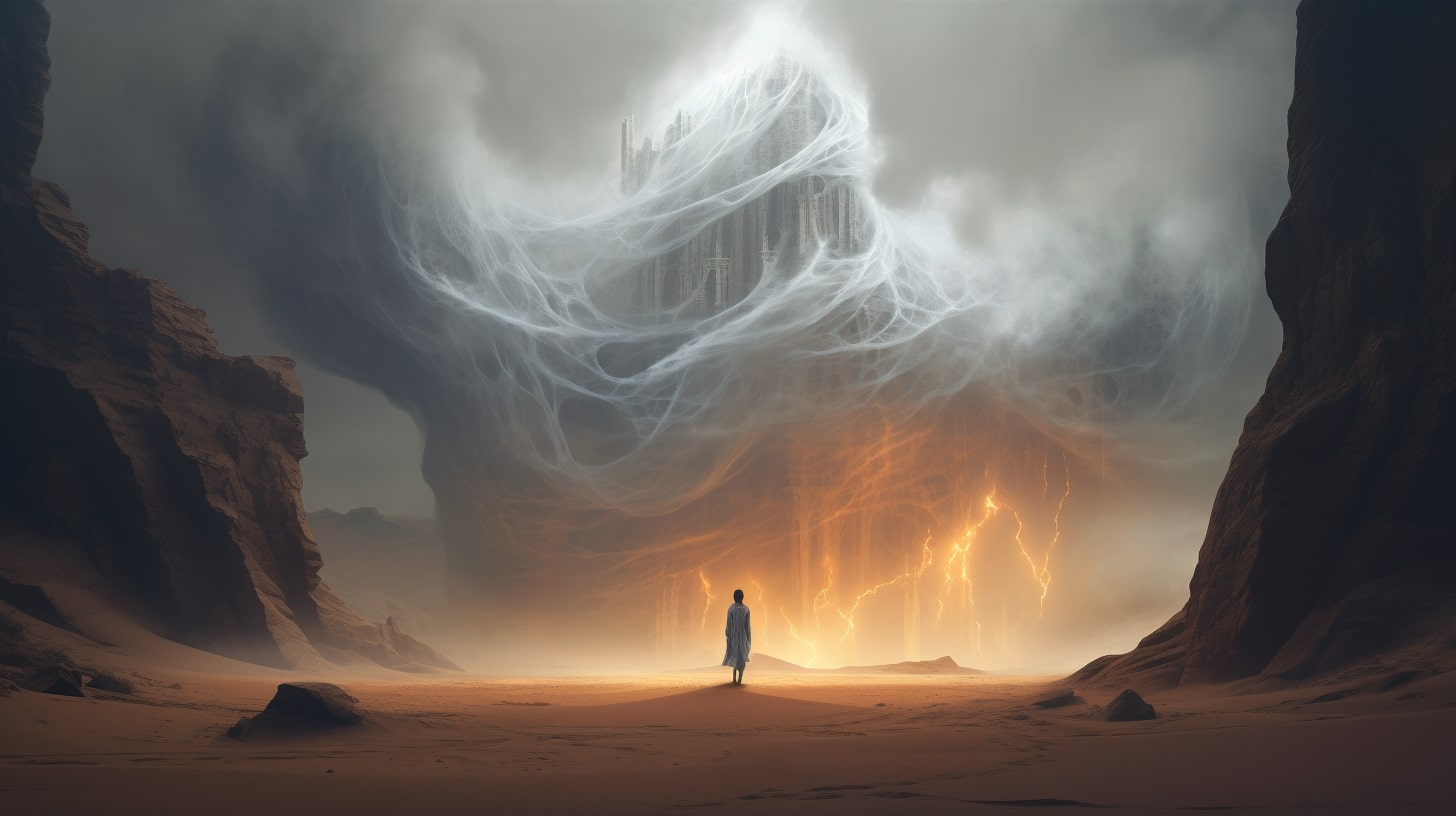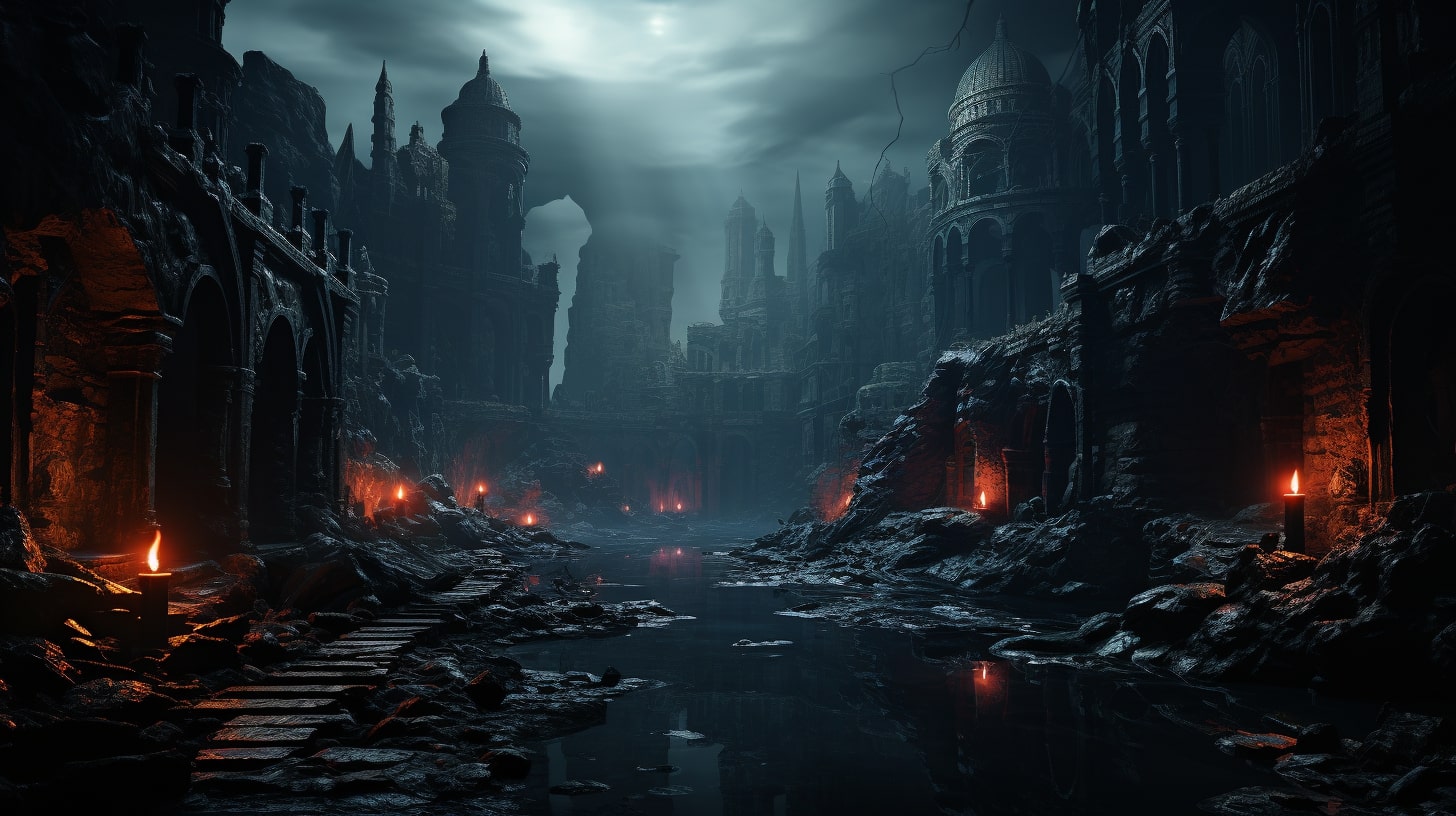Welcome to the enchanting world of worldbuilding creatures! As a fantasy author, you have the power to create fascinating and extraordinary creatures that will captivate your readers' imaginations.
These creatures are an essential element of your worldbuilding process, adding depth, richness, and a sense of wonder to your fictional worlds.
The Magic of Worldbuilding Creatures
Worldbuilding creatures are the fantastical beings that inhabit your fictional universe. From majestic dragons soaring through the skies to mischievous fairies hiding in the shadows, these creatures bring your world to life. They can be inspired by mythologies, folklore, or simply from the depths of your own imagination. The possibilities are endless!
By crafting unique and memorable creatures, you have the opportunity to transport your readers to a realm unlike any they have ever experienced. Through vivid descriptions and intricate details, you can paint a vivid picture of these extraordinary beings, making them feel as real as the world around them.

Why Worldbuilding Creatures Are Important
Worldbuilding creatures play a crucial role in your storytelling. They not only add excitement and intrigue but also serve as catalysts for conflict, plot progression, and character development. These creatures can be allies or adversaries, guides or obstacles, and their interactions with your characters can shape the course of your narrative.
Furthermore, worldbuilding creatures contribute to the authenticity and believability of your fictional world. They create a sense of wonder and awe, allowing your readers to immerse themselves in a realm where the extraordinary becomes ordinary.
To delve deeper into the art of crafting unforgettable worldbuilding creatures, explore the subsequent sections. We will discuss various aspects such as understanding the environment, drawing inspiration from real animals, infusing mythology and folklore, and more.
Remember, the key to creating truly mesmerizing creatures lies in your imagination and the careful attention to detail.
Now, let's embark on a journey where mythical beings come to life, where the ordinary is transformed into the extraordinary, and where the magic of worldbuilding creatures will leave an indelible mark on your readers' hearts and minds.
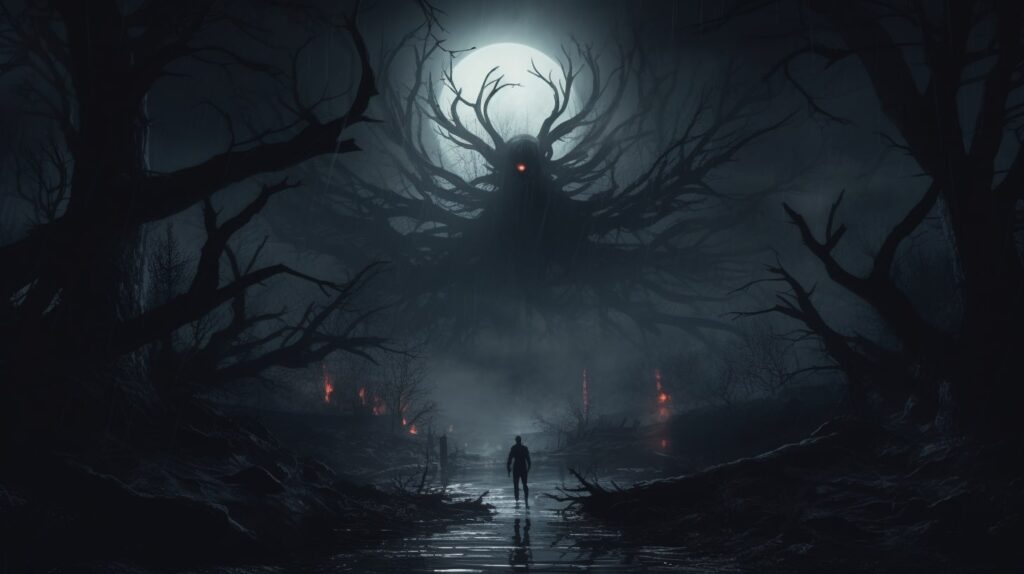
Creating Memorable Worldbuilding Creatures
To craft unforgettable worldbuilding creatures for your fantasy story, there are several key factors to consider. By understanding the environment in which your creatures reside, drawing inspiration from real animals, and infusing mythology and folklore, you can bring your creatures to life in a way that captivates your readers.
Understanding the Environment
When creating worldbuilding creatures, it's crucial to consider the environment they inhabit. The characteristics of the environment, such as climate, terrain, and available resources, will shape the physical attributes and behaviors of your creatures.
For example, creatures living in a desert might have adaptations like heat resistance or the ability to store water. On the other hand, creatures dwelling in dense forests might possess camouflage abilities or nimble climbing skills.
By aligning your creatures with their environment, you create a sense of realism and believability. The Dreadmares in Myth Dawn aren't found in lush jungles. They are found in desolate places that lack life.
Drawing Inspiration from Real Animals
Nature provides a wealth of inspiration for worldbuilding creatures. Observe different animals and their unique adaptations to gather ideas for your own creations. Consider the physical features, behaviors, and habitats of real animals, then use them as a starting point to develop your creatures.
For example, you might combine the agility of a cheetah with the wings of a bat to create a fast-flying predator. By borrowing elements from real animals, you can ground your creatures in familiarity while adding your own imaginative twists.
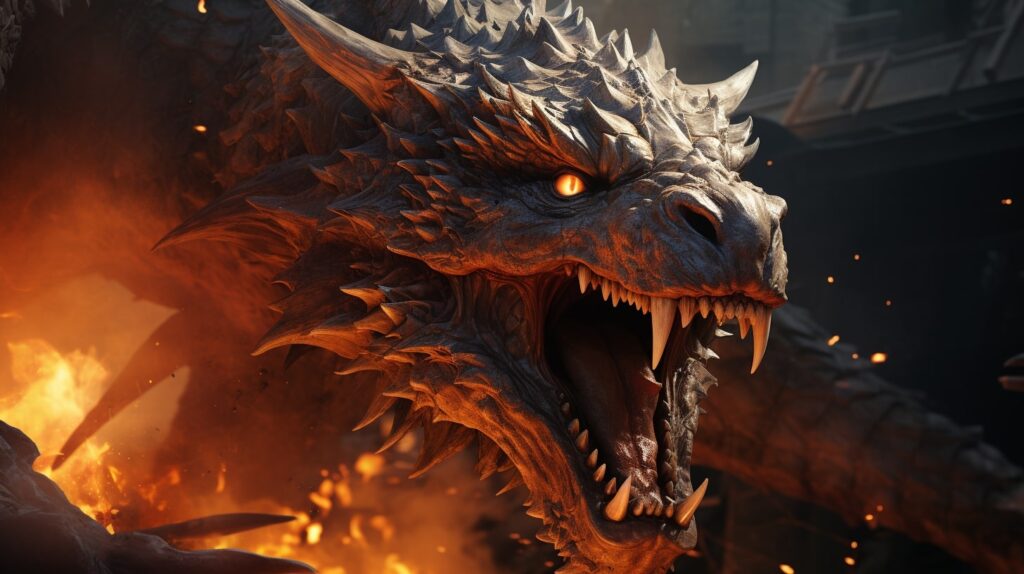
Infusing Mythology and Folklore
To add depth and richness to your worldbuilding creatures, draw upon mythology and folklore. Explore the mythologies of different cultures and discover the fascinating creatures that populate their stories.
From the dragons of European folklore to the mythical creatures of Greek mythology, these legends can inspire your own creations. Incorporating mythical elements into your creatures can imbue them with a sense of mystery and wonder.
Whether it's a creature with the ability to shape-shift or one that possesses magical powers, infusing mythology and folklore can make your creatures truly captivating.
By considering the environment, drawing inspiration from real animals, and infusing mythology and folklore, you can create memorable worldbuilding creatures that enhance your fantasy world. These creatures will not only add depth and realism to your story but also engage and captivate your readers. So, let your imagination soar as you bring forth an array of extraordinary creatures that will leave a lasting impression on your readers.
Anatomy of Worldbuilding Creatures
When crafting worldbuilding creatures, it's important to pay attention to their physical characteristics as well as their unique abilities and powers. These elements contribute to the overall believability and memorability of the creatures in your world.
Physical Characteristics
The physical appearance of your worldbuilding creatures plays a significant role in how they are perceived by your readers. Consider their size, shape, color, and texture.
Are they small and delicate, or large and intimidating? Do they have vibrant scales, feathers, or fur? Is their skin smooth or rough? These details help bring your creatures to life and make them visually distinct.
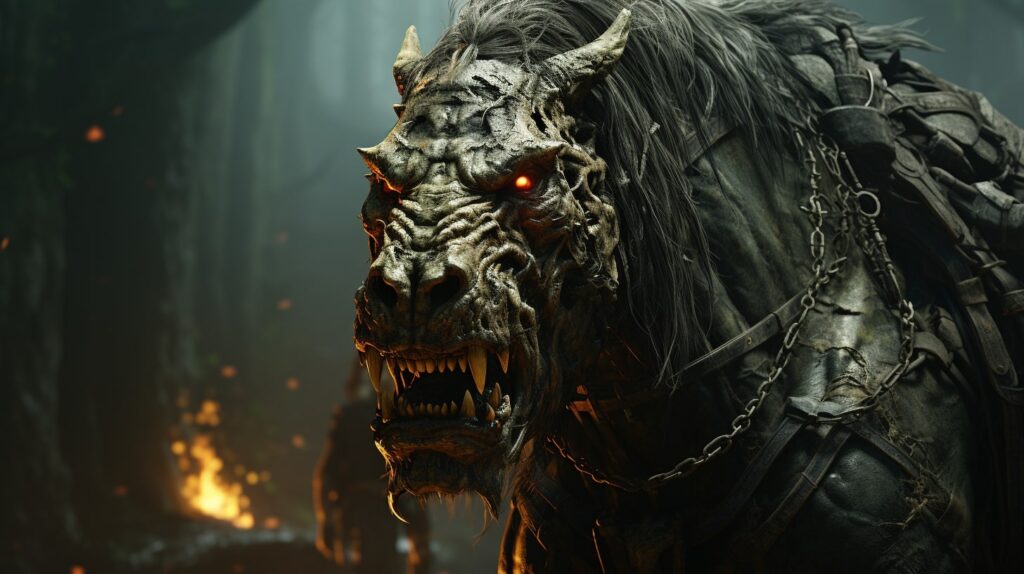
To further enhance the physical characteristics, you can create a table to showcase the different attributes of your worldbuilding creatures:
| Creature Name | Size | Color | Texture |
|---|---|---|---|
| Fire Drake | Large | Red and gold | Scaled and rough |
| Sky Serpent | Enormous | Blue and silver | Smooth and glossy |
| Forest Sprite | Small | Green and brown | Soft and fuzzy |
By providing specific details about their physical attributes, you allow your readers to vividly imagine these creatures in their minds as they explore your world.
Unique Abilities and Powers
The abilities and powers of your worldbuilding creatures make them truly extraordinary. These traits can range from physical attributes and skills to magical or supernatural abilities. Consider what sets your creatures apart from ordinary animals and how their unique traits contribute to the story and the world you have created.
For example, a creature may have the ability to camouflage itself in its surroundings, giving it an advantage when hunting or evading predators. Another creature may possess the power of telekinesis, allowing it to manipulate objects with its mind. These unique abilities not only make the creatures fascinating but also influence how they interact with the environment, other creatures, and even your story's characters.
By incorporating these distinctive traits into your worldbuilding creatures, you add depth and intrigue to your world. Your readers will be captivated by the creativity and imagination that goes into crafting these extraordinary beings.
As you continue to develop your worldbuilding creatures, keep in mind that their physical characteristics and unique abilities should align with the overall theme and atmosphere of your world. Consider the environment they inhabit, the mythology and folklore that inspire them, and how they fit into the larger ecosystem.
This holistic approach ensures that your creatures seamlessly integrate into your story, enhancing the richness and authenticity of your world.
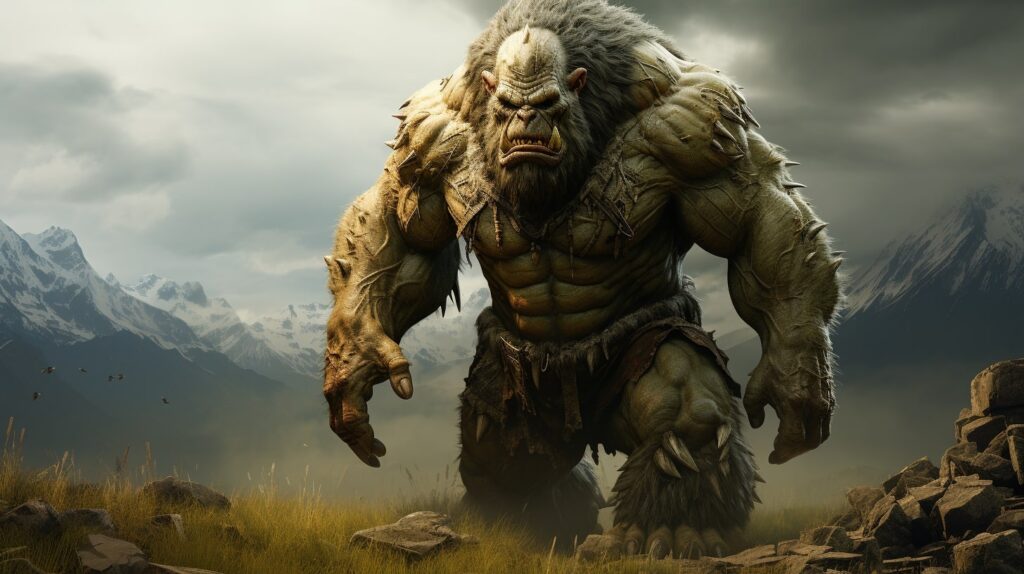
Breeding and Reproduction
In the realm of worldbuilding creatures, breeding, and reproduction play a significant role in shaping the diversity and dynamics of your fictional world. Understanding how your creatures reproduce and the possibility of hybridization can add depth and intrigue to your storytelling.
Let's delve into the intricacies of reproduction in worldbuilding creatures and the concept of hybrid creatures and crossbreeding.
Reproduction in Worldbuilding Creatures
When crafting the reproduction process for your worldbuilding creatures, there are numerous factors to consider. The method of reproduction can be influenced by the creature's biology, environment, and the overall theme of your world. Here are a few possibilities to explore:
- Sexual Reproduction: This is a common method where male and female creatures come together to produce offspring. It can involve courtship rituals, mating displays, or complex behaviors to attract a partner. The process may include internal or external fertilization, and the gestation period can vary greatly. For example, some creatures may lay eggs, while others give birth to live young.
- Asexual Reproduction: In this method, creatures can reproduce without the need for a partner. This can include methods such as budding, fragmentation, or parthenogenesis. Asexual reproduction allows for rapid population growth and the potential for unique genetic variations within a species.
- Magical or Mysterious Reproduction: In a fantastical world, you have the freedom to explore unique and magical methods of reproduction. This could involve creatures that reproduce through the absorption of energy, the manipulation of elements, or even through the intervention of divine forces.
Remember to consider the implications of reproduction on the population dynamics, genetic diversity, and ecological balance of your worldbuilding creatures. This can add depth and realism to your fictional ecosystem.
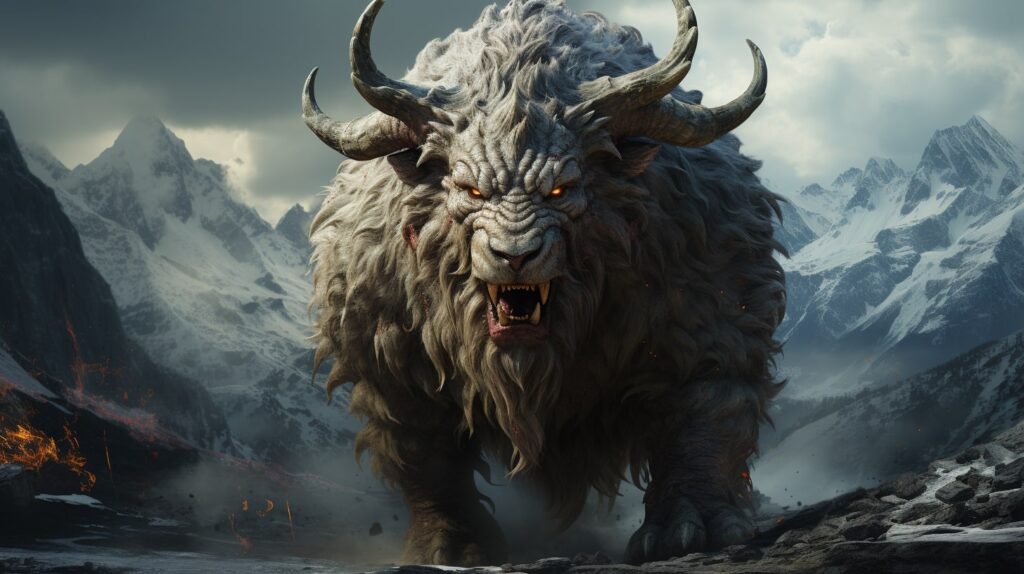
Hybrid Creatures and Crossbreeding
Introducing hybrid creatures through crossbreeding can be an exciting aspect of worldbuilding. Hybrids are the result of breeding between two different species or subspecies of creatures, leading to offspring with mixed traits and characteristics.
This can create fascinating opportunities for storytelling and the exploration of unique abilities or appearances.
Crossbreeding can occur naturally, driven by instinct or environmental factors, or it can be artificially induced by characters within your story. The possibilities are endless, limited only by your imagination. Here are a few examples to inspire you:
- Griffins: Combining the features of a lion and an eagle, griffins are legendary creatures often depicted with the body of a lion and the wings and head of an eagle. This hybridization is a popular trope in folklore and mythology.
- Mermaids/Mermen: These mythical creatures combine the characteristics of humans and fish, resulting in half-human, half-fish beings. The concept of crossbreeding between land-dwelling humans and sea-dwelling creatures can add depth to your worldbuilding.
- Centaur: The centaur is a creature with the upper body of a human and the lower body of a horse. This combination of human and animal features creates a unique being that can be explored from various angles, such as culture, society, and physical abilities.
When incorporating hybrid creatures into your world, consider the societal and cultural implications of their existence. How are they perceived by other creatures or human societies? Are they accepted, feared, or revered? These questions can help you develop complex and compelling narratives.
By exploring the intricacies of reproduction and the possibilities of hybridization, you can add depth and richness to your worldbuilding creatures. Whether you choose to incorporate natural or magical methods, the reproductive aspects of your creatures can contribute to the overall uniqueness and wonder of your fictional world.
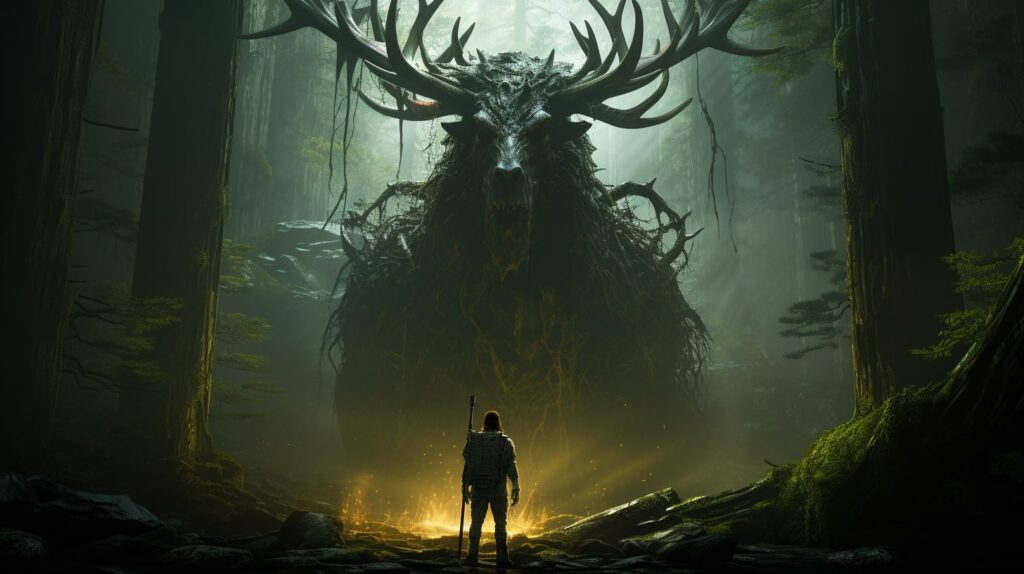
Integrating Worldbuilding Creatures into Your Story
Now that you have created memorable worldbuilding creatures, it's time to consider how they will fit into your story. The integration of these creatures is crucial for building a rich and immersive world. Here are three key aspects to consider: their role in the ecosystem, their interaction with characters, and their impact on plot and conflict.
Role in the Ecosystem
Every creature has a place in the ecosystem of your world. Just like real animals, worldbuilding creatures play different roles, such as predators, prey, or even symbiotic partners with other species. Consider how your creatures contribute to the balance of nature in your world.
Are they apex predators, shaping the behavior of other creatures? Do they have a specific function, such as pollination or seed dispersal? By understanding the ecological niche of your creatures, you can create a more realistic and dynamic world.
Check out our article on worldbuilding ecology for more ideas.
Interaction with Characters
One of the most exciting aspects of worldbuilding creatures is how they interact with your characters. Think about how your characters engage with these creatures.
Are they feared, revered, or studied? Do they form bonds with specific characters, becoming loyal companions or even familiars? The interactions between characters and creatures can add depth and complexity to your story. Explore the dynamics of these relationships and consider how they can influence your characters' journeys.
For inspiration, check out our article on worldbuilding characters.
Impact on Plot and Conflict
Worldbuilding creatures can also drive the plot and create conflict in your story. They can serve as obstacles or catalysts for your characters' goals and motivations. Imagine a quest to find a rare herb that can only be obtained by navigating through a treacherous territory inhabited by dangerous creatures.
Or perhaps a conflict arises between different factions who seek control over a territory rich in resources that are vital for the survival of certain creatures.
By leveraging the unique characteristics and abilities of your worldbuilding creatures, you can create engaging and memorable plotlines. For more tips on worldbuilding for fantasy, check out our article on worldbuilding for fantasy.
By carefully integrating worldbuilding creatures into your story, you can enhance the depth and realism of your world. Consider their role in the ecosystem, their interaction with characters, and the impact they have on the plot and conflict.
With each decision you make, your world will come alive with vibrant and unforgettable creatures. Remember to explore our collection of worldbuilding resources for further guidance and inspiration throughout your worldbuilding journey.



